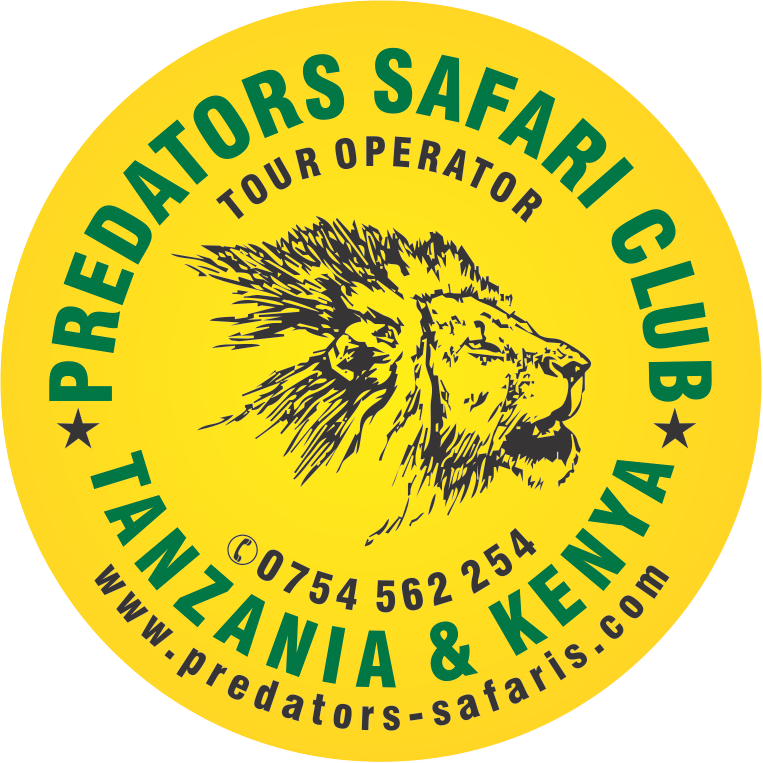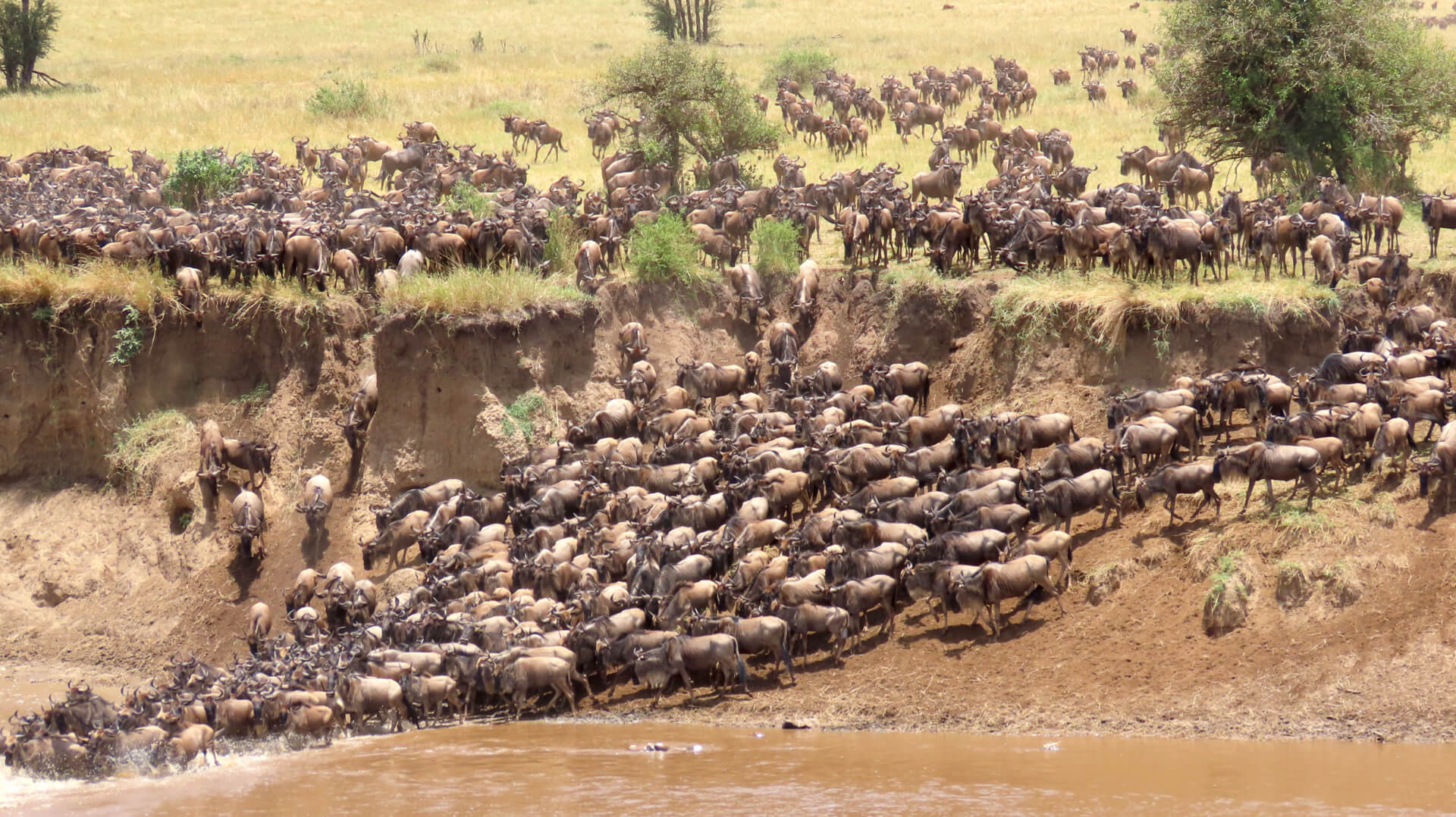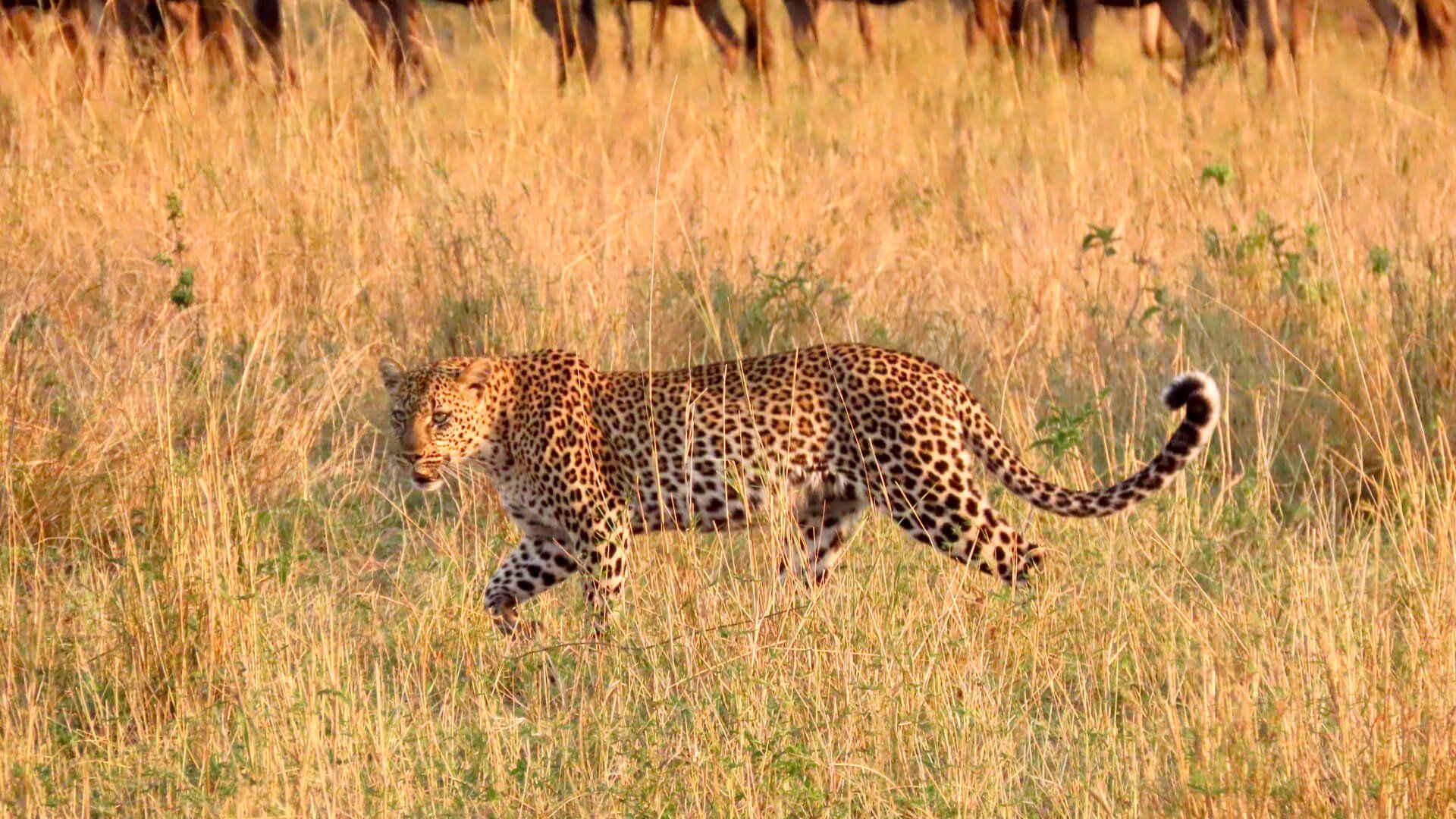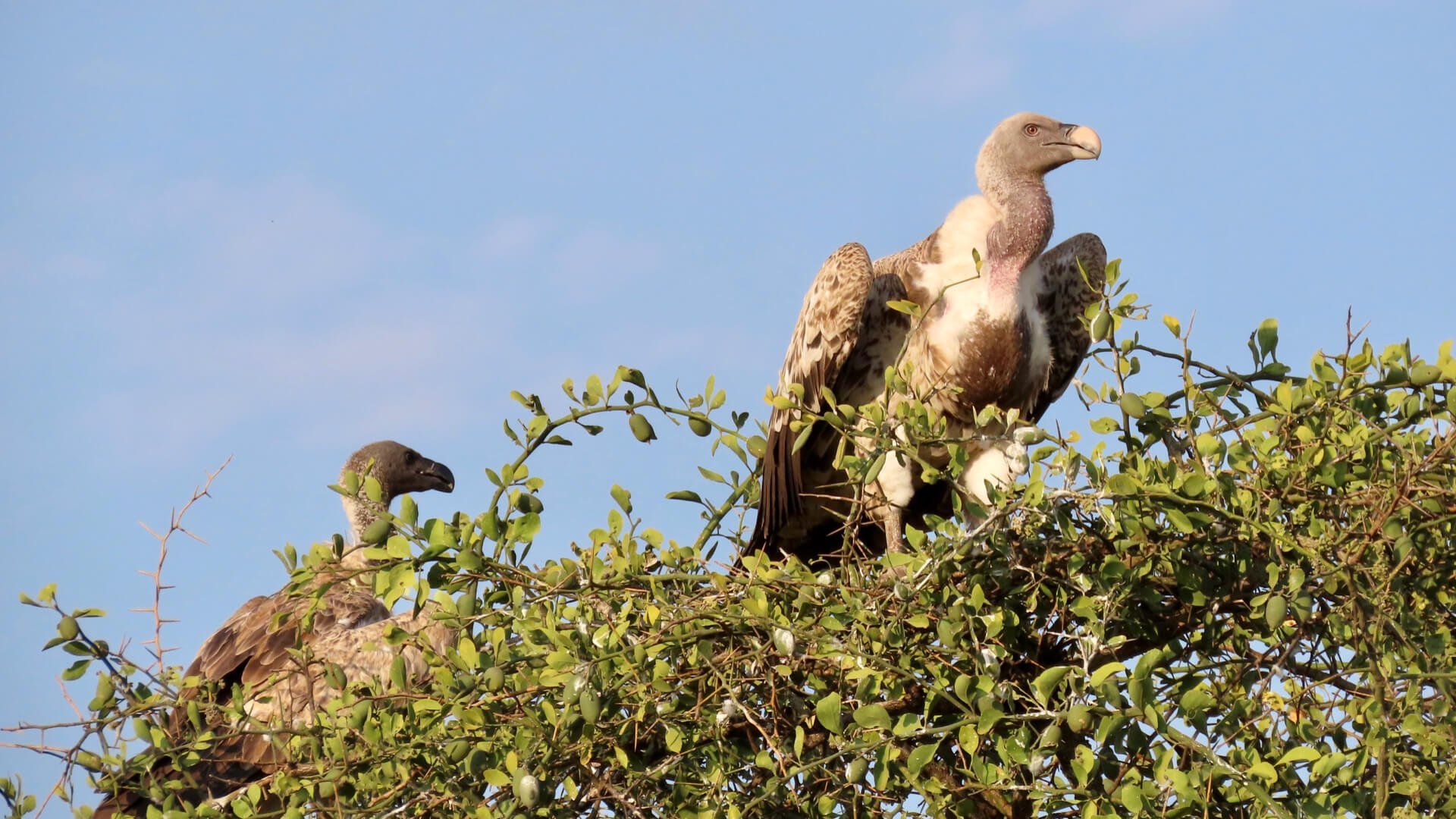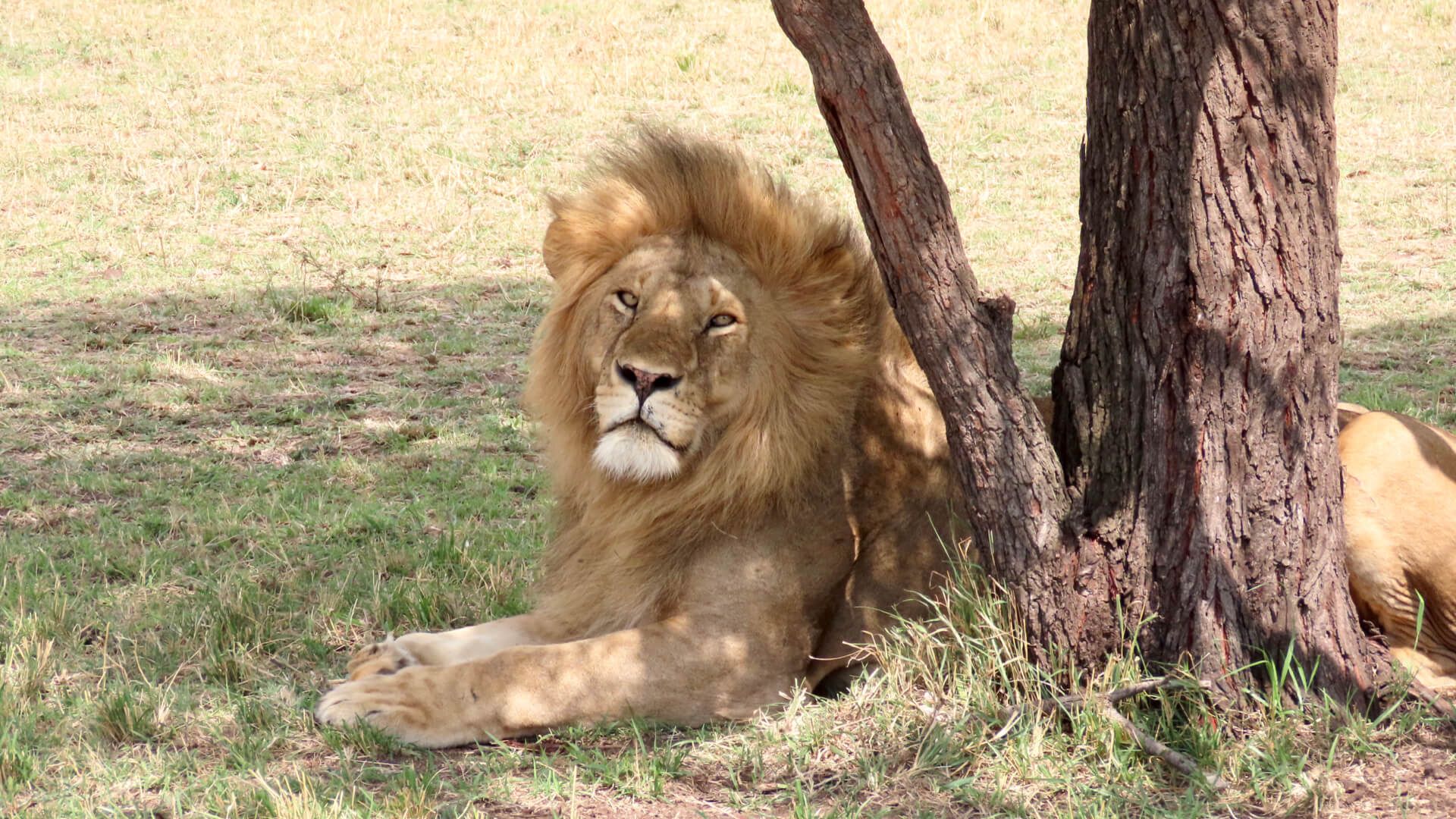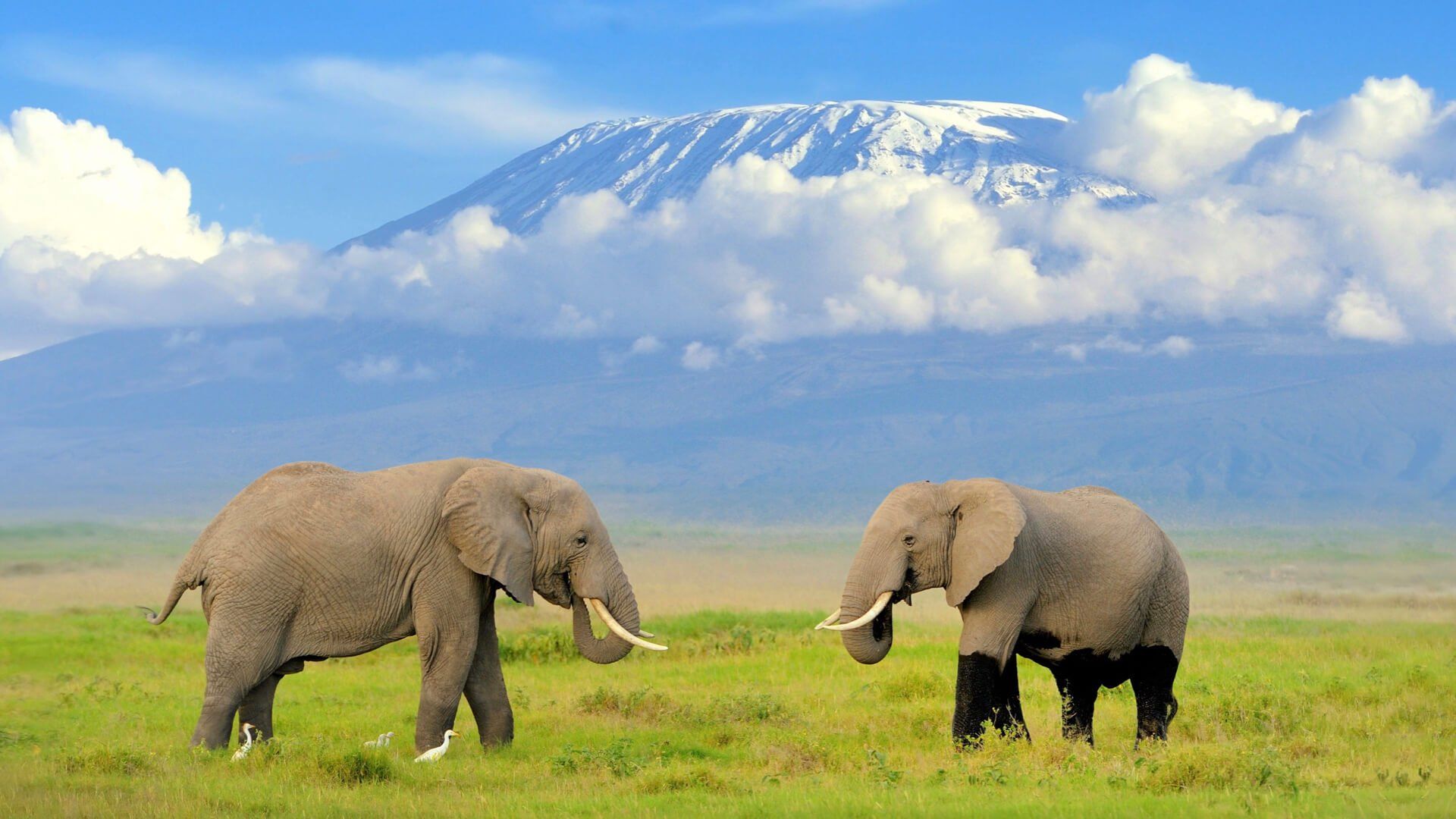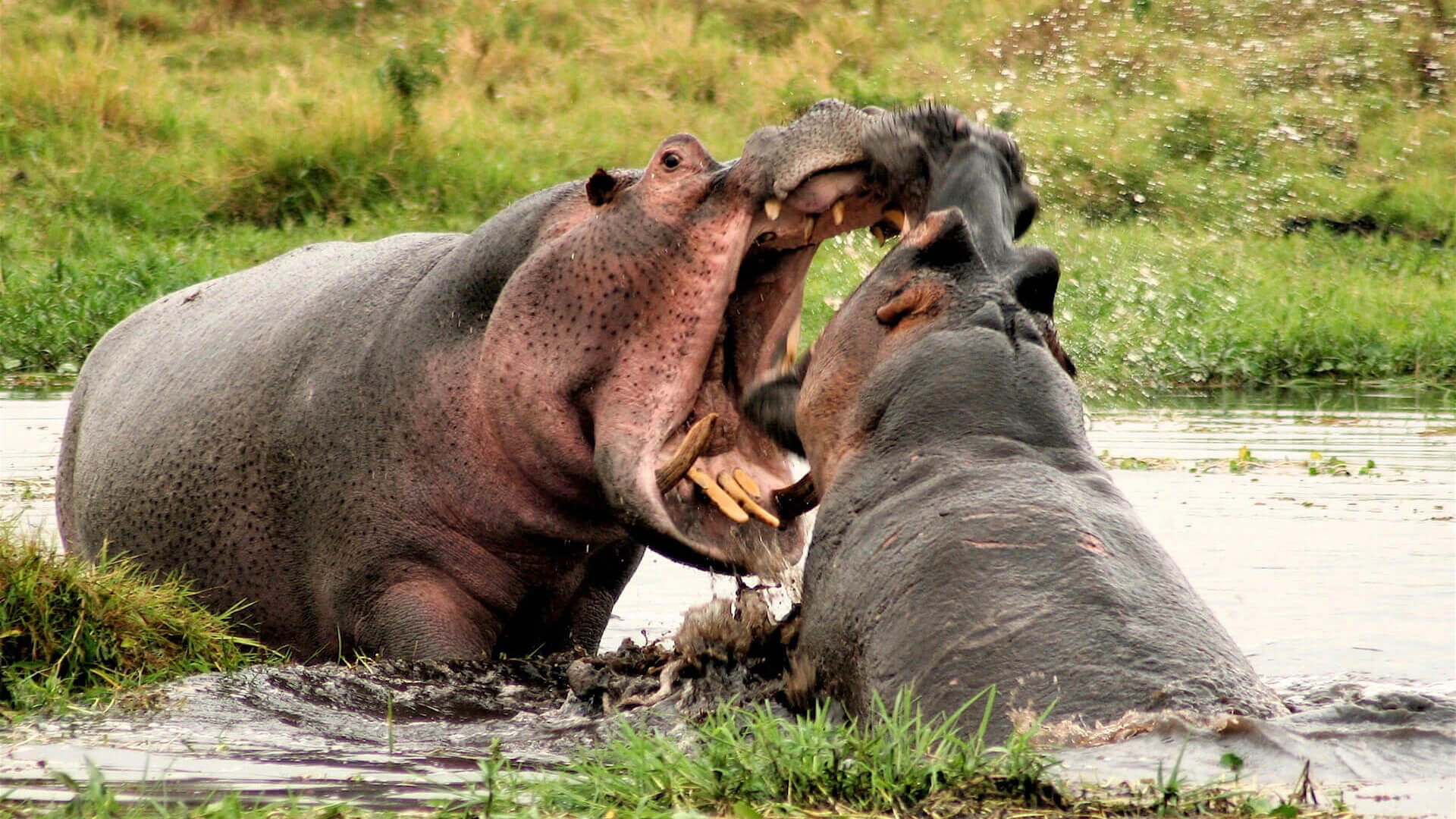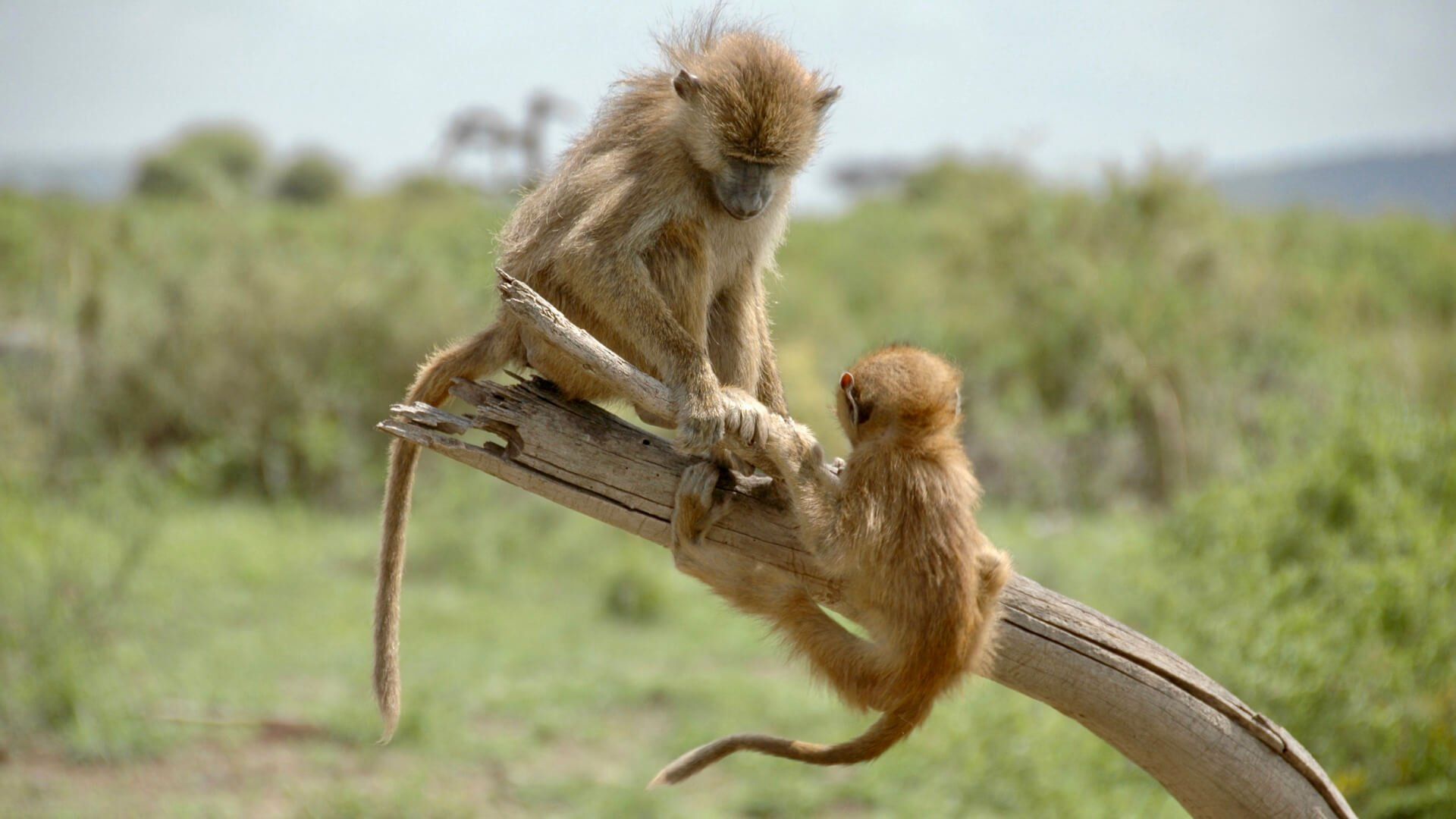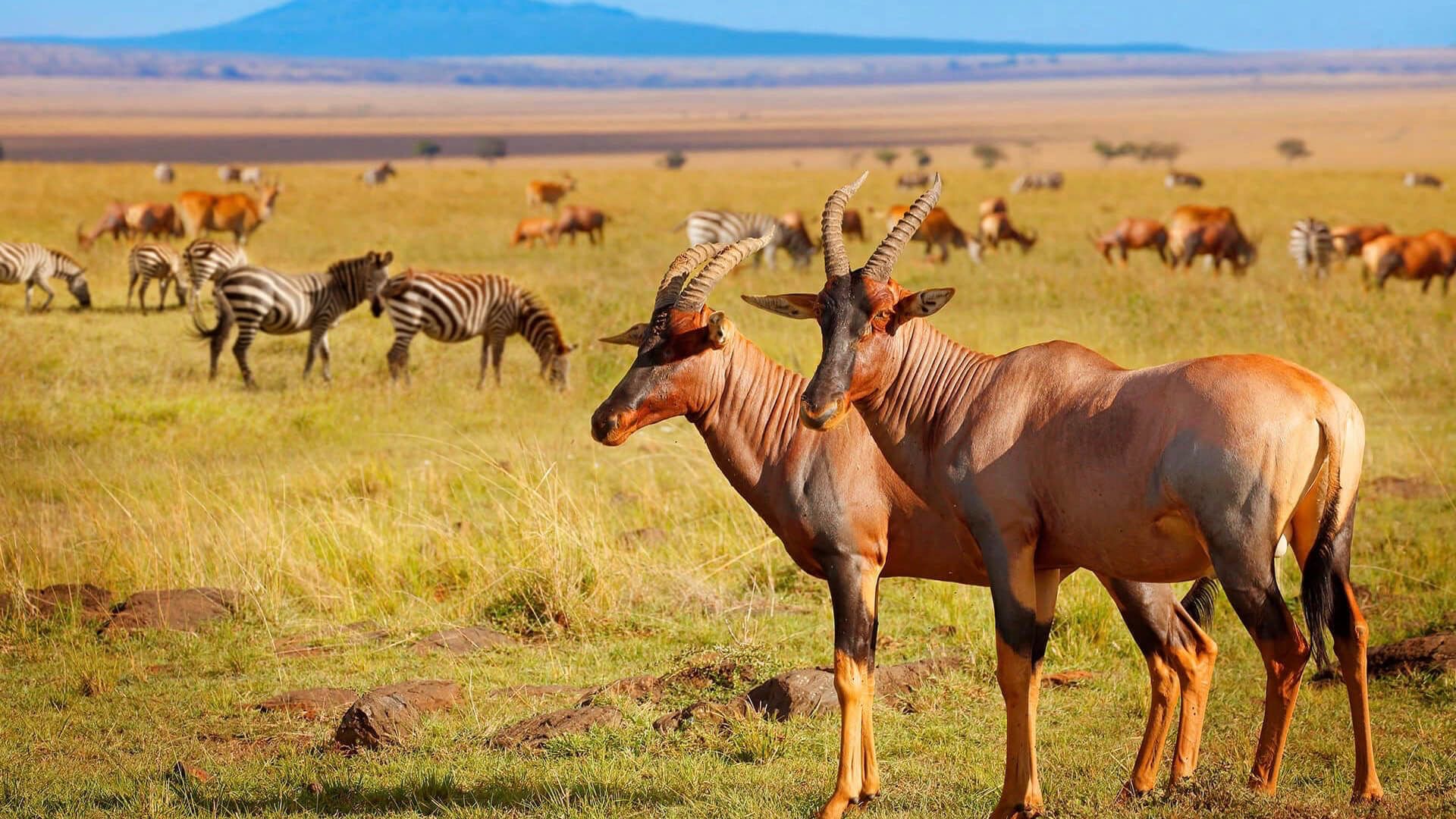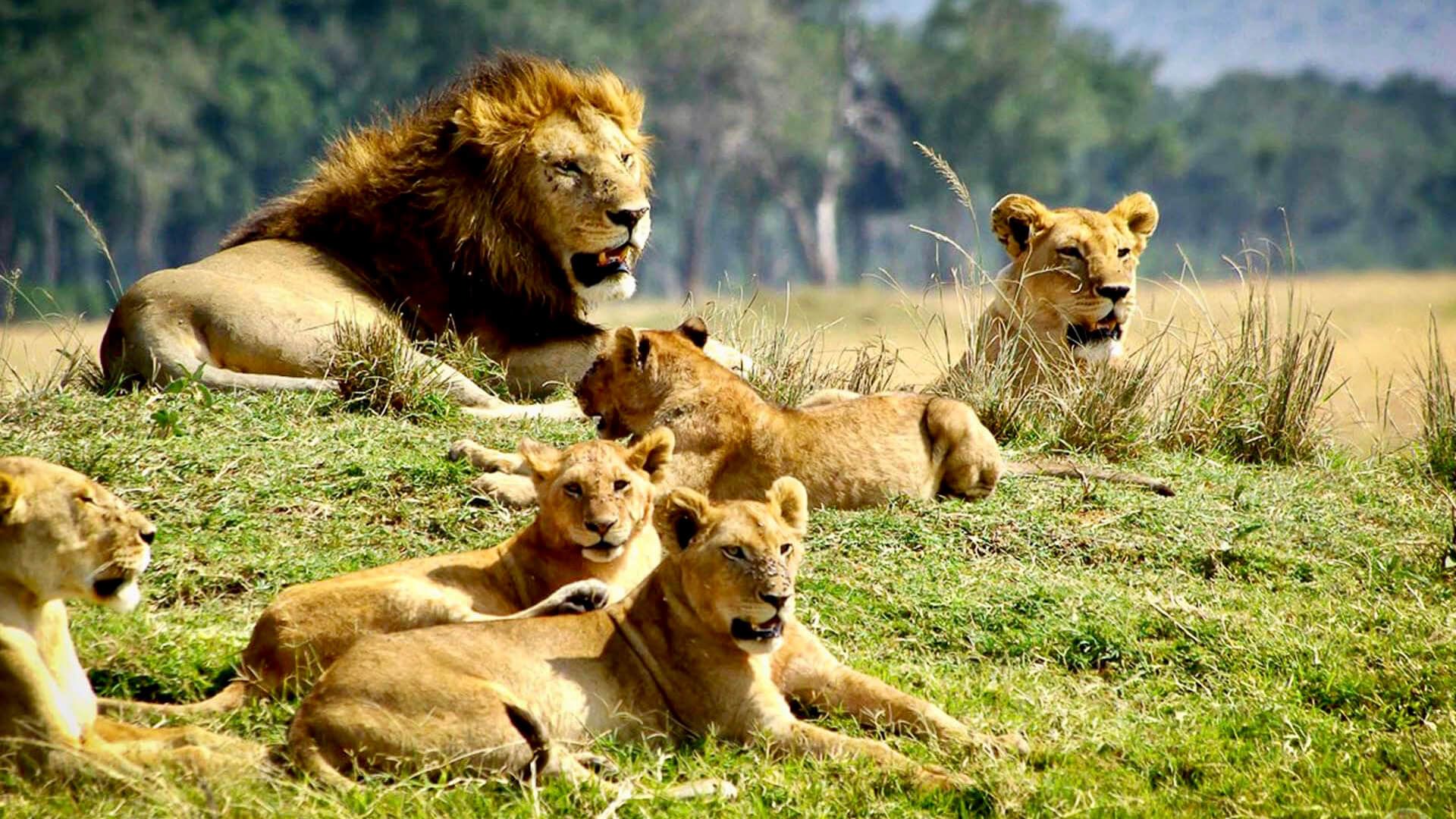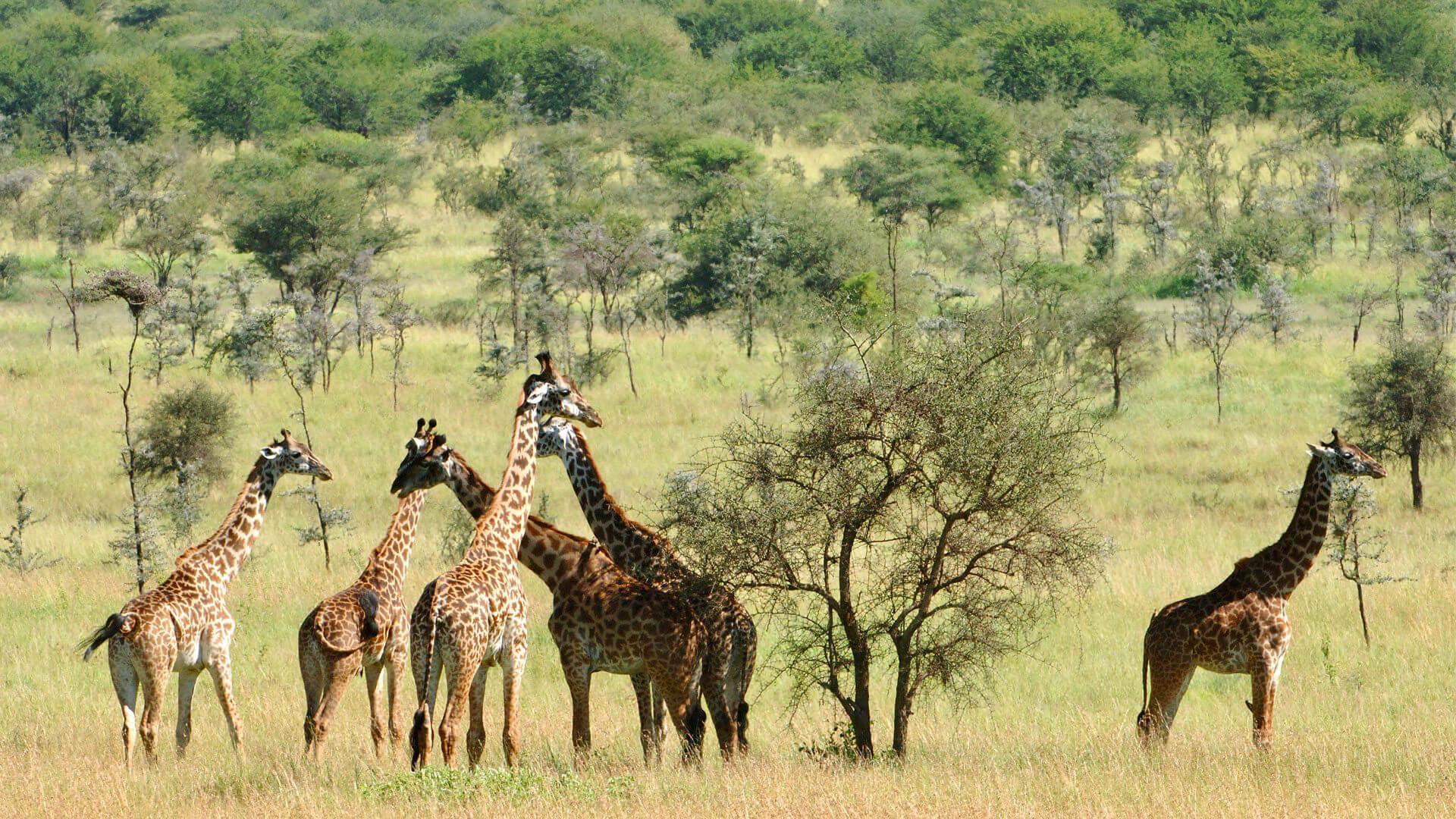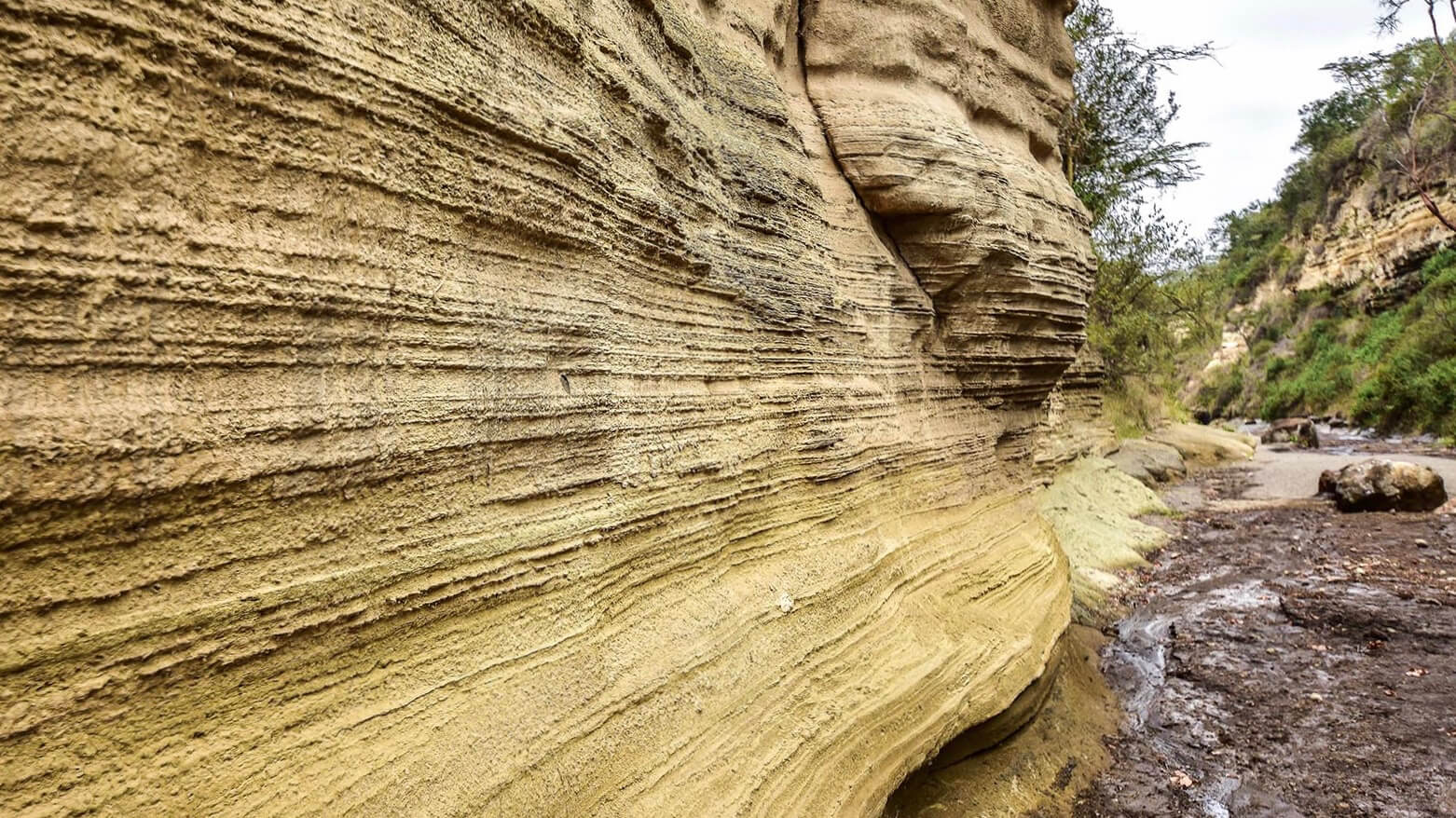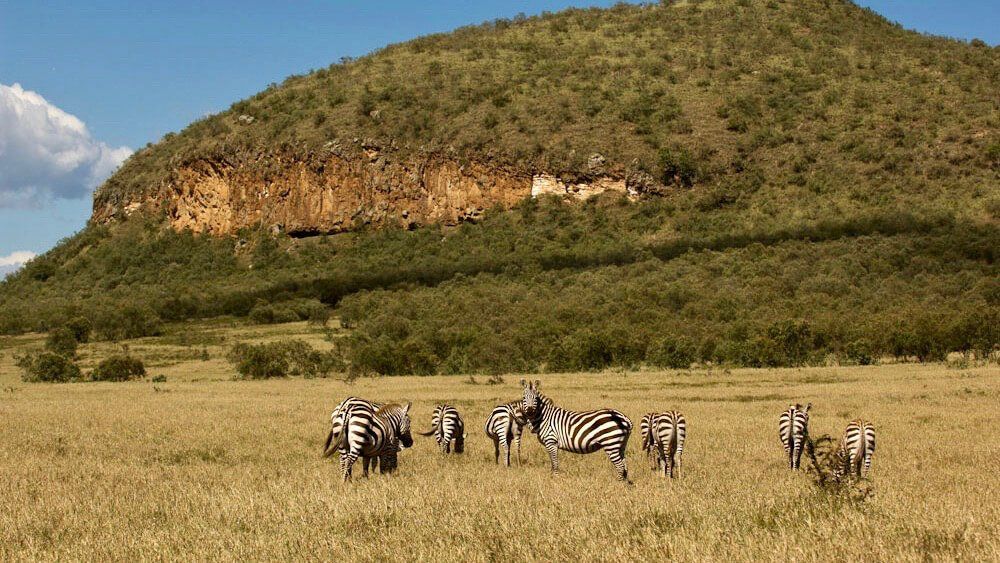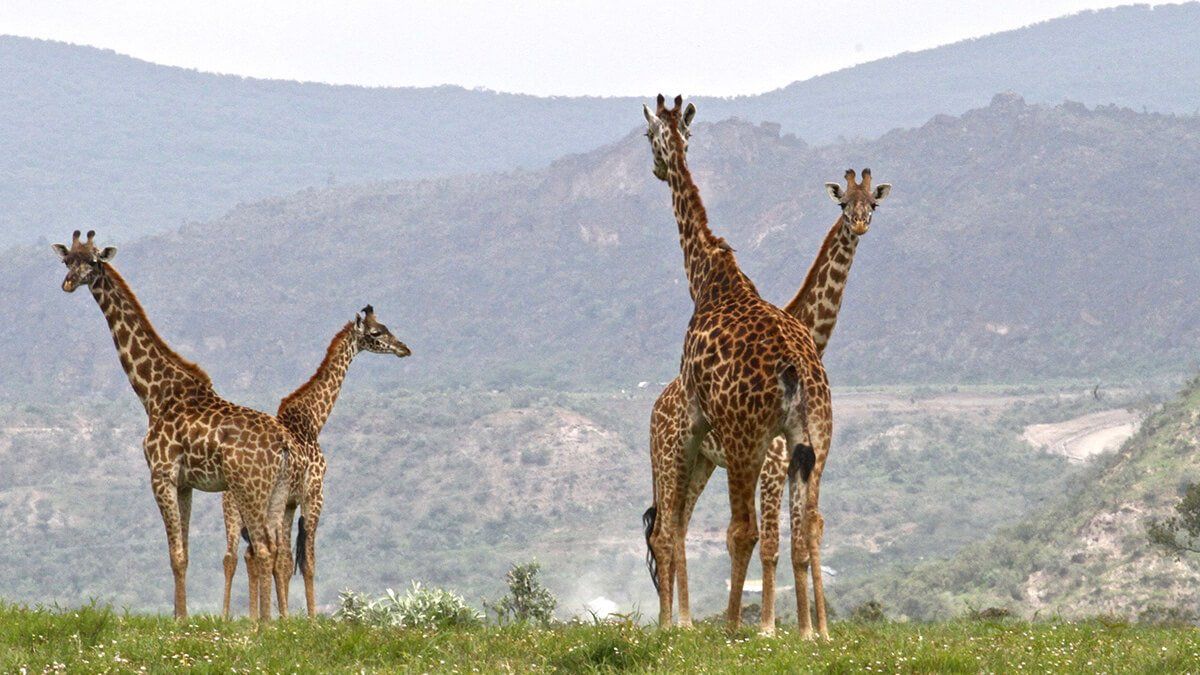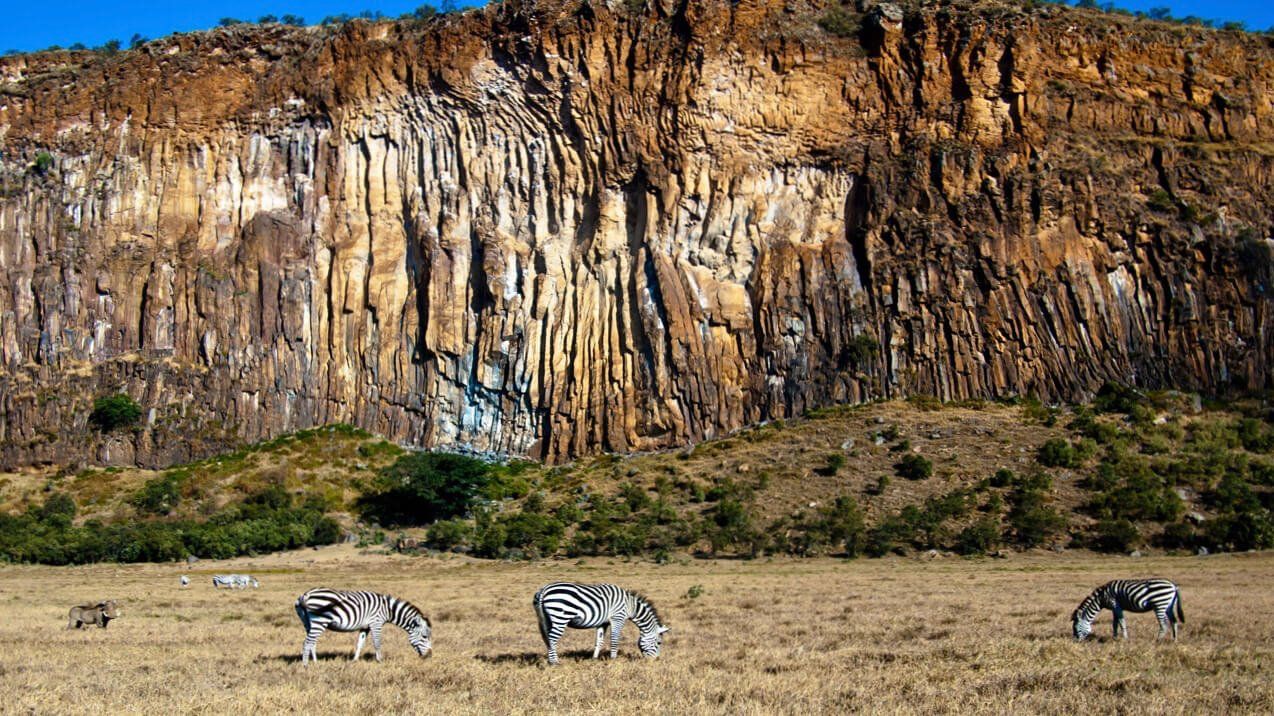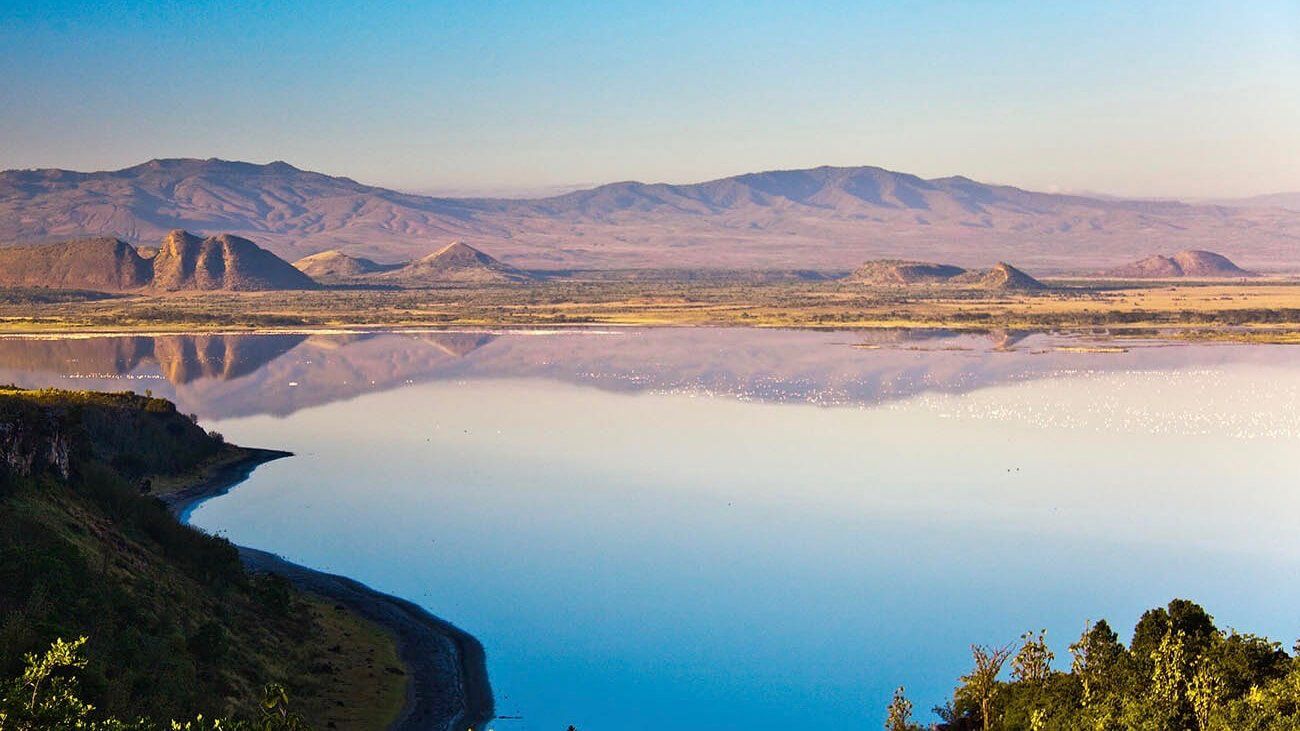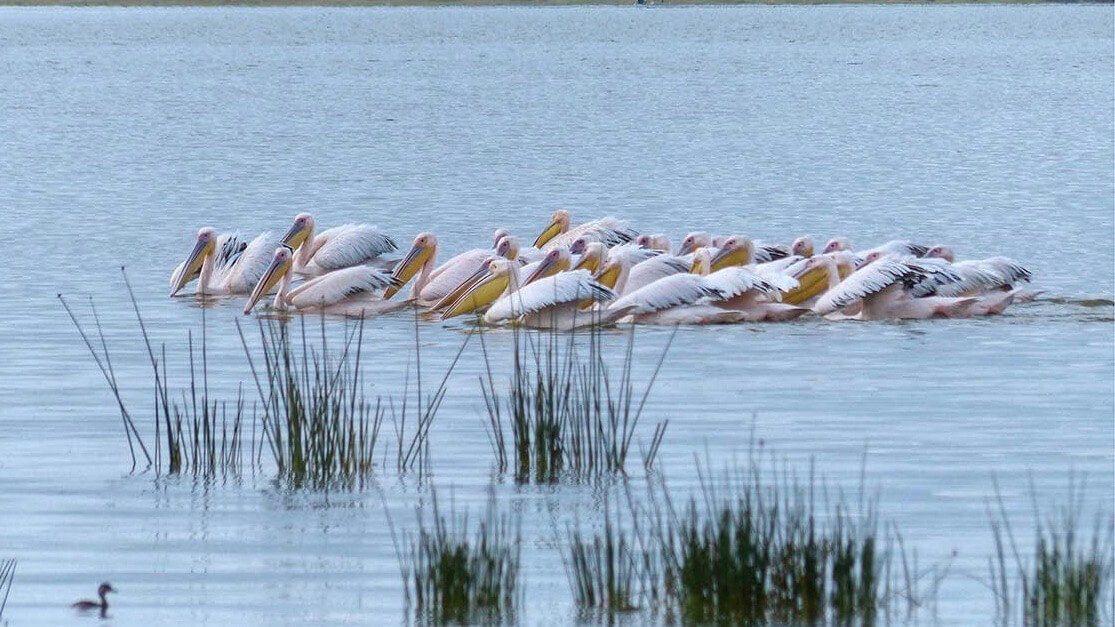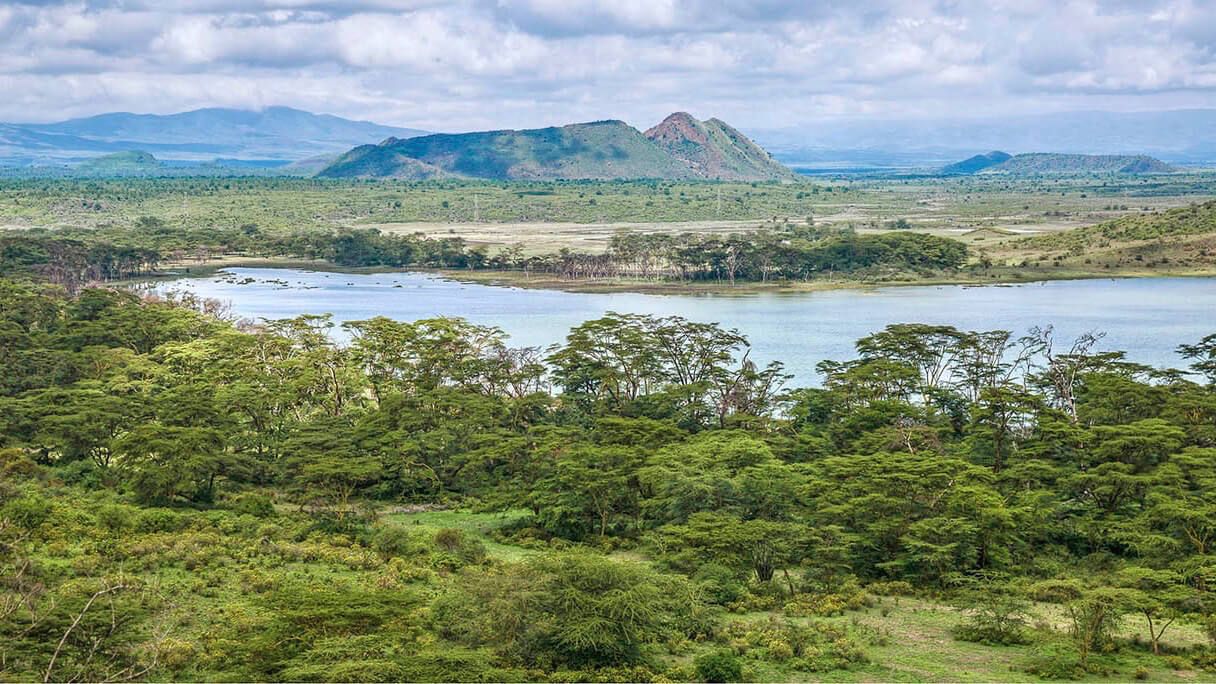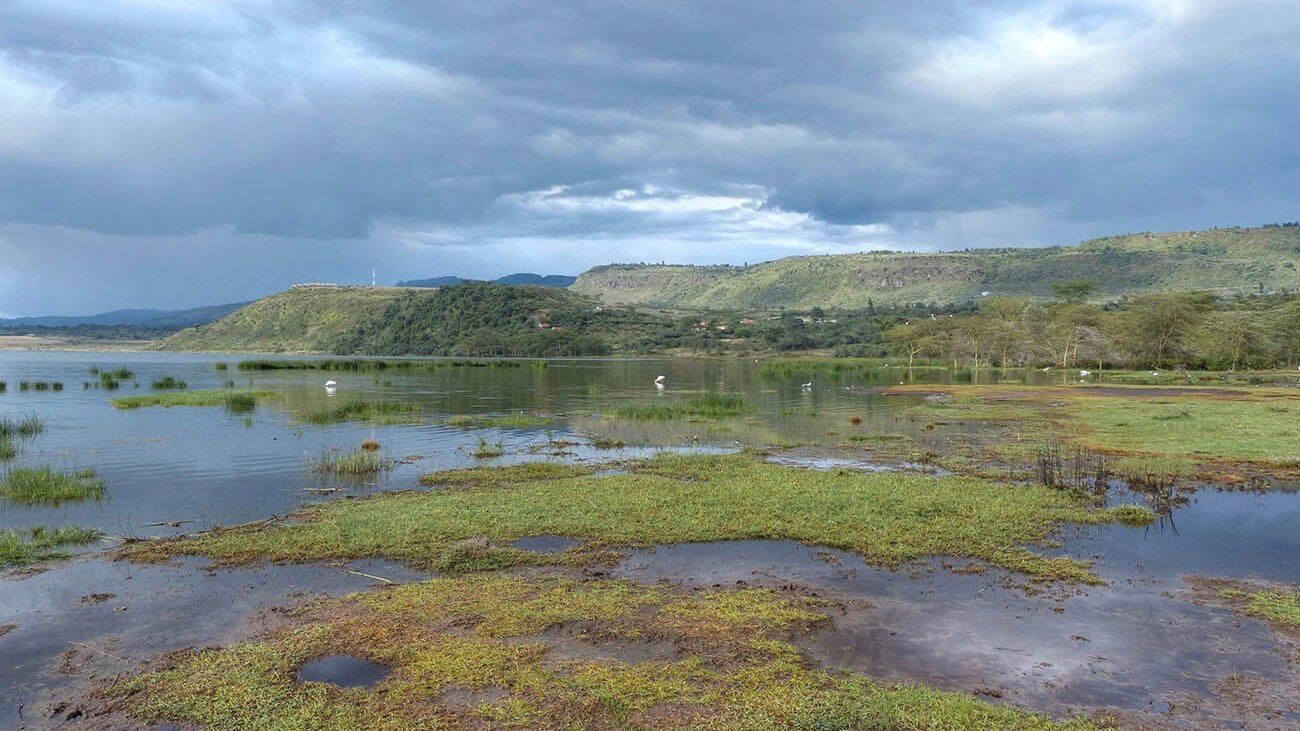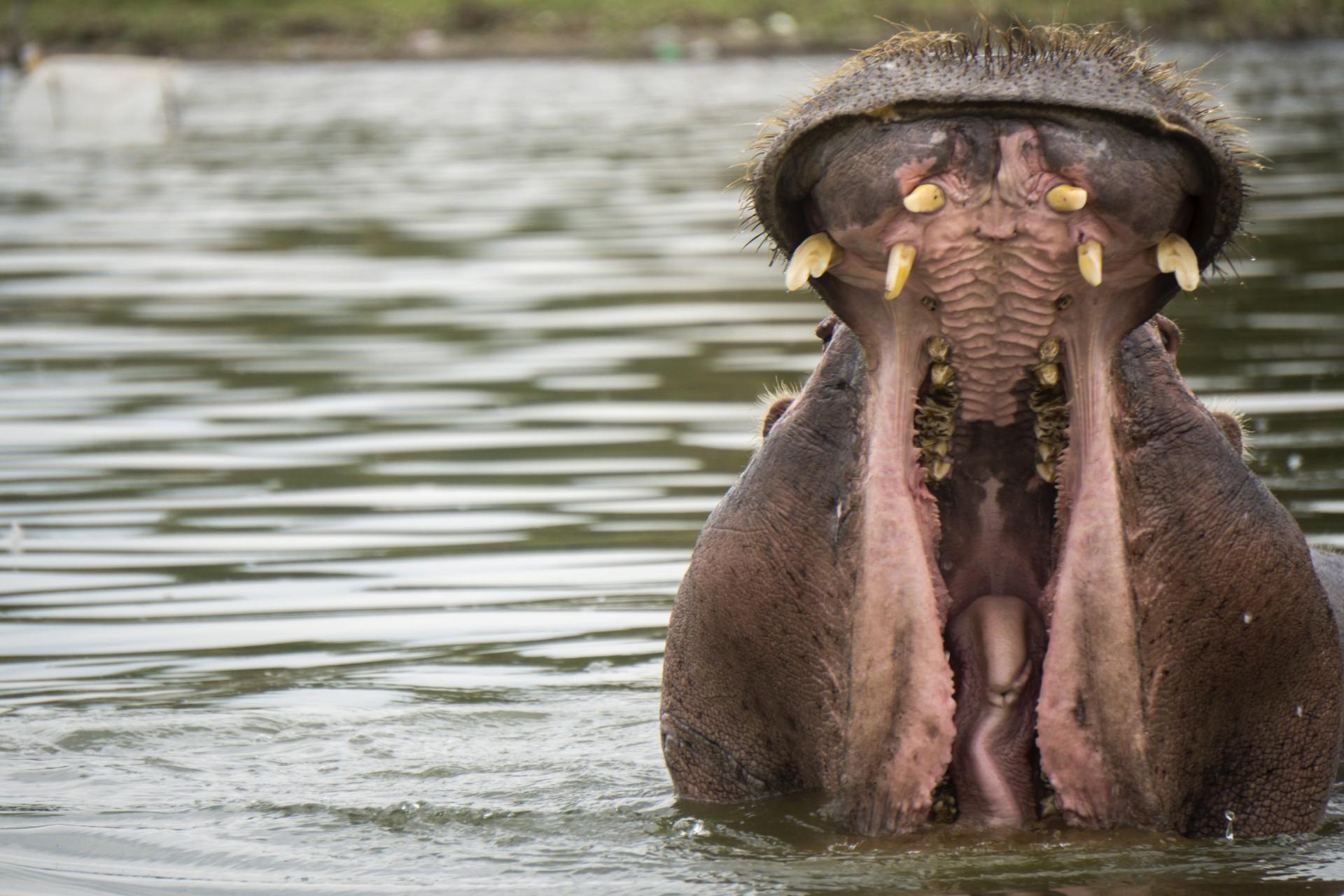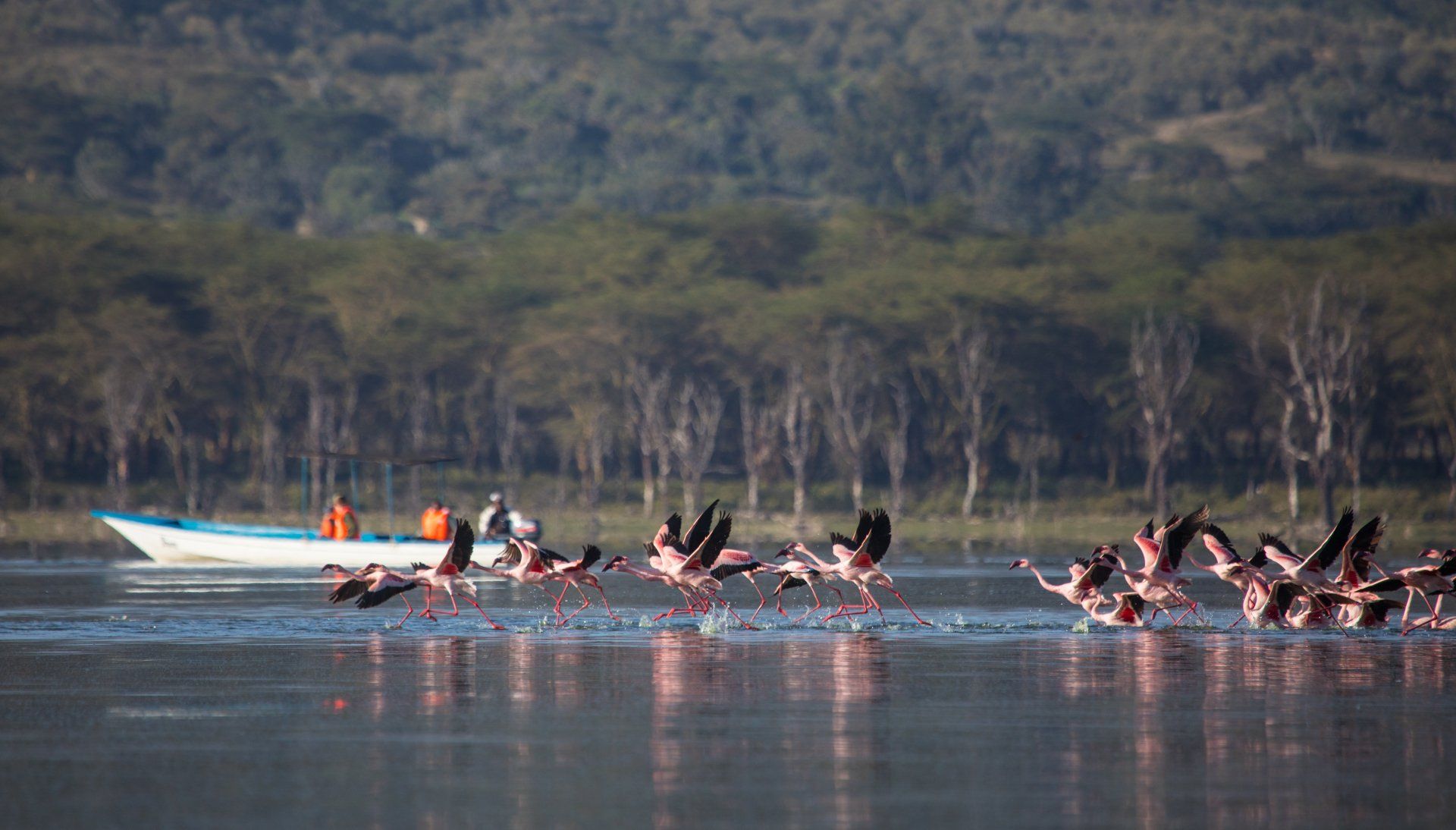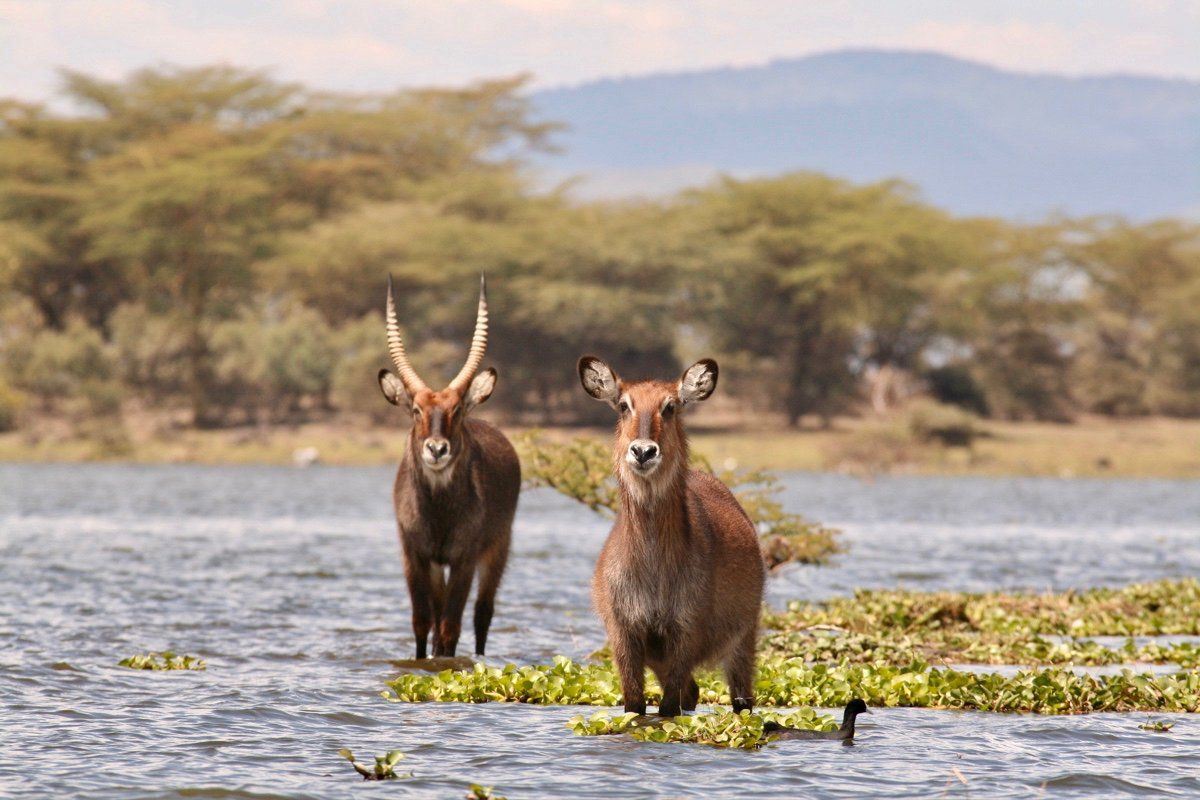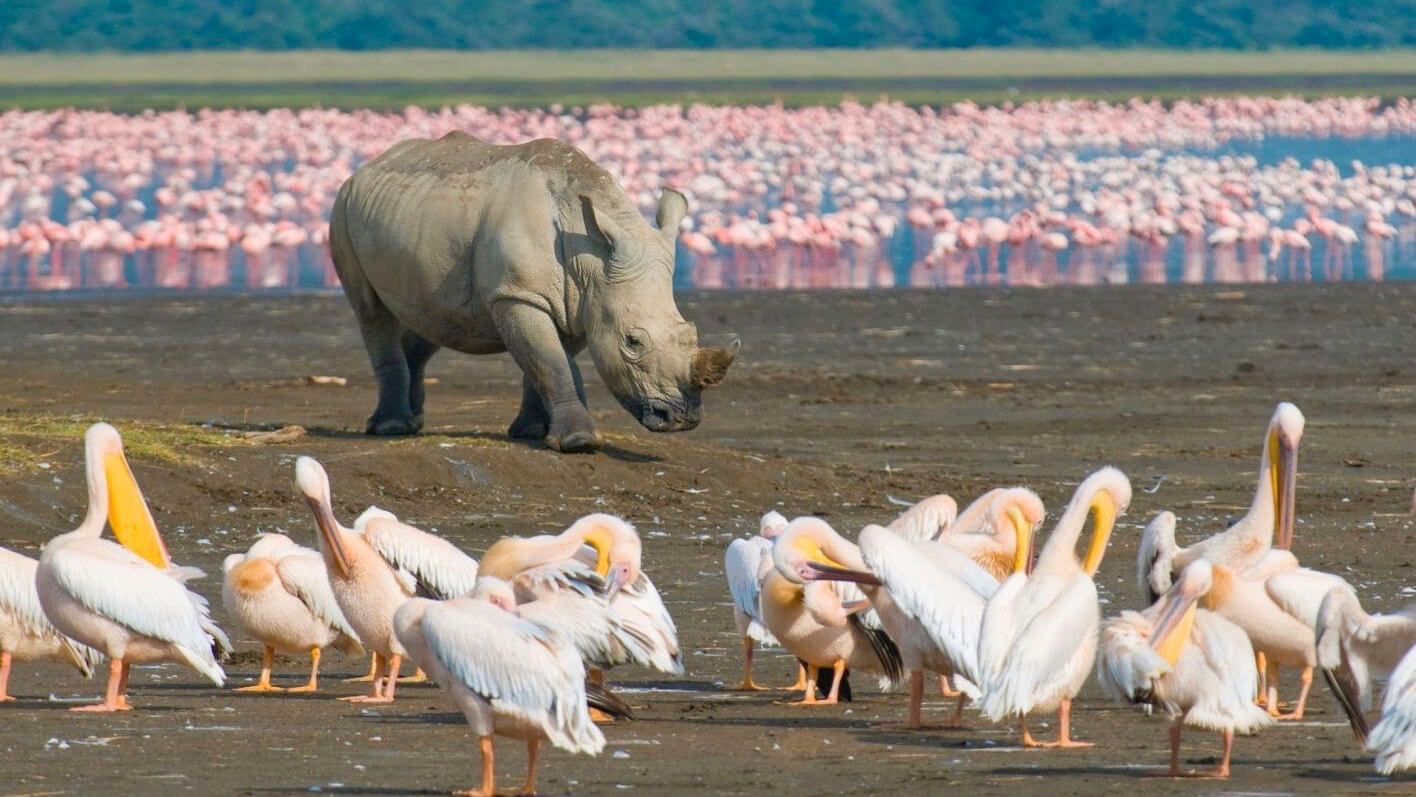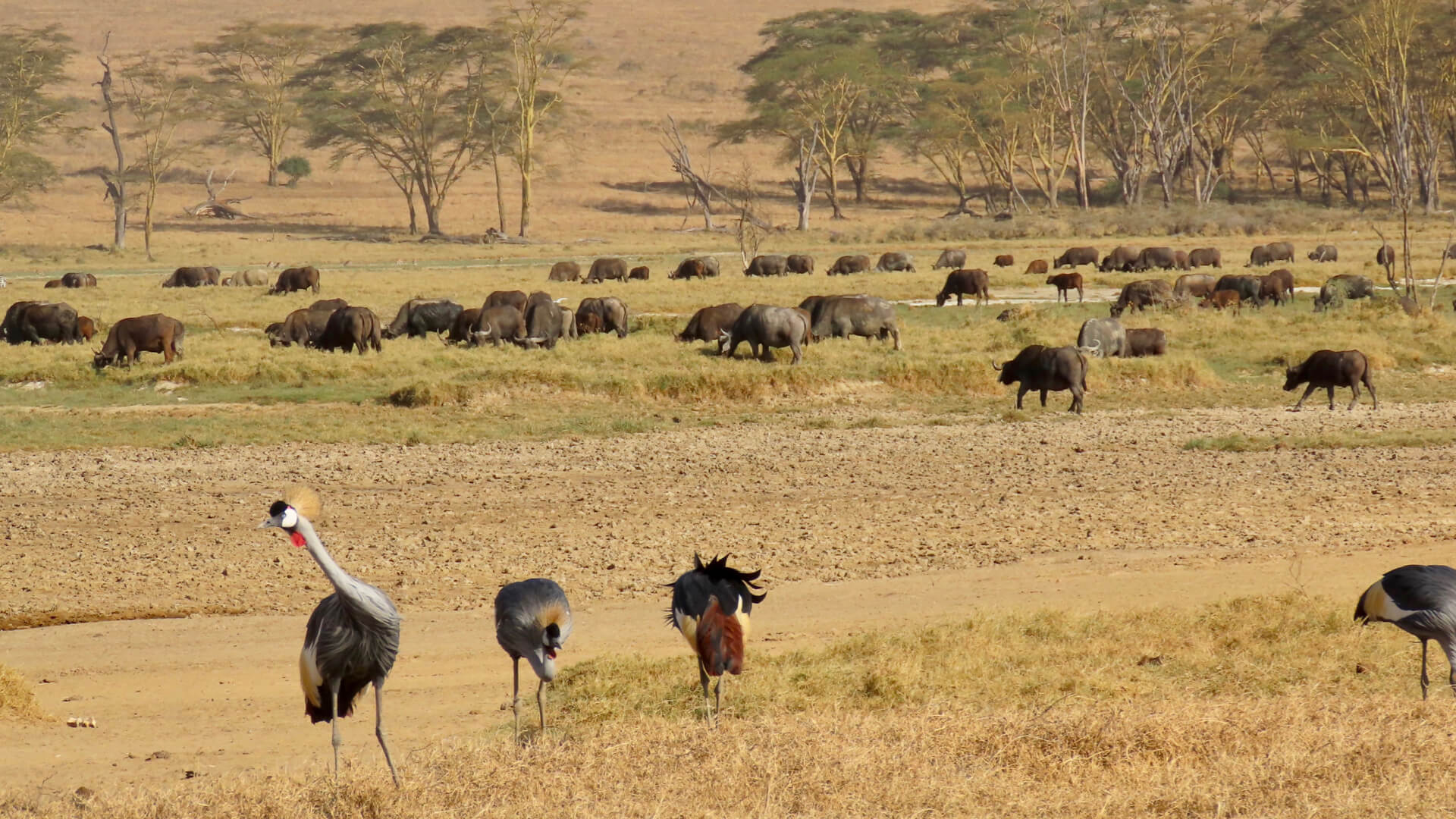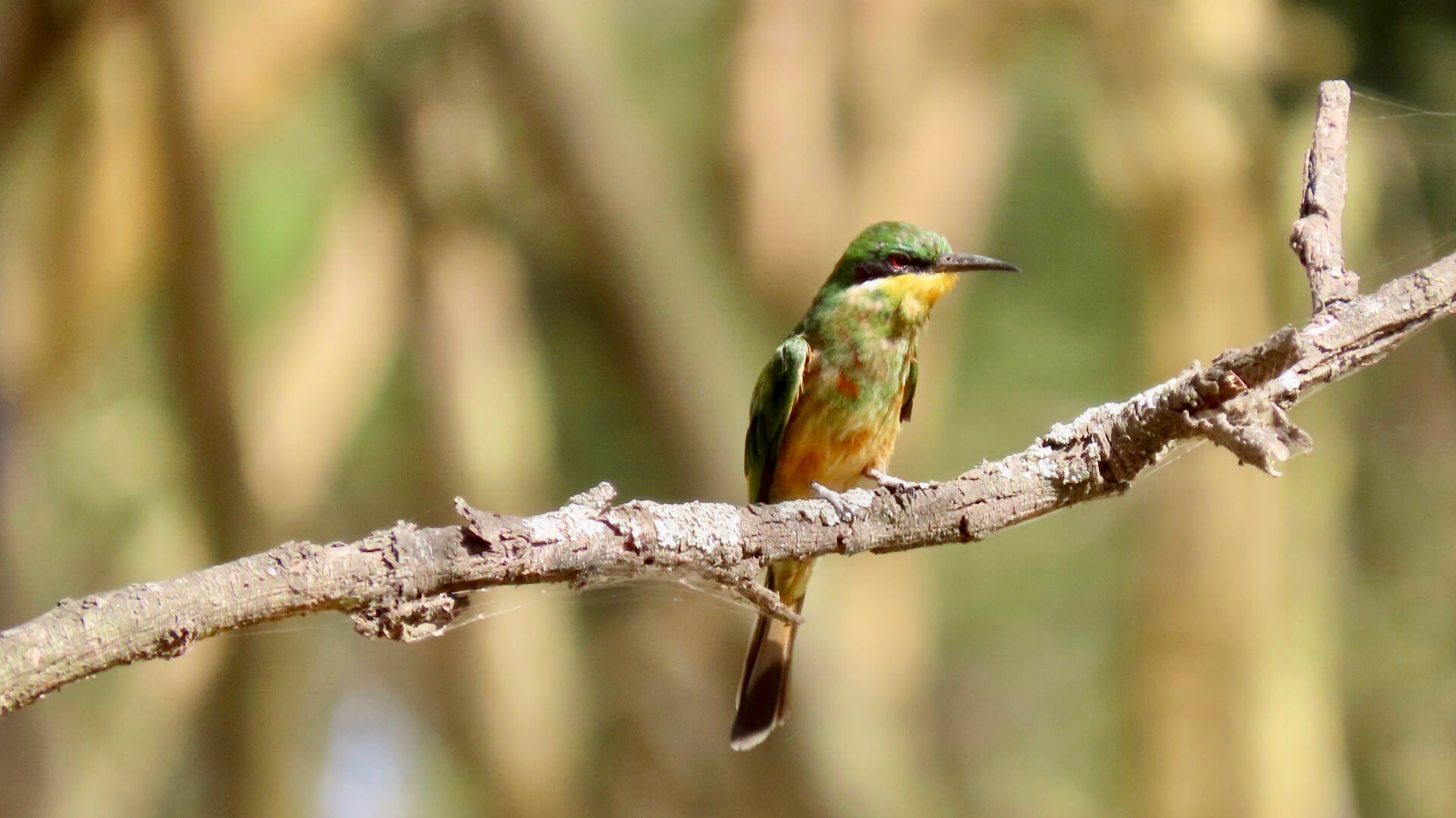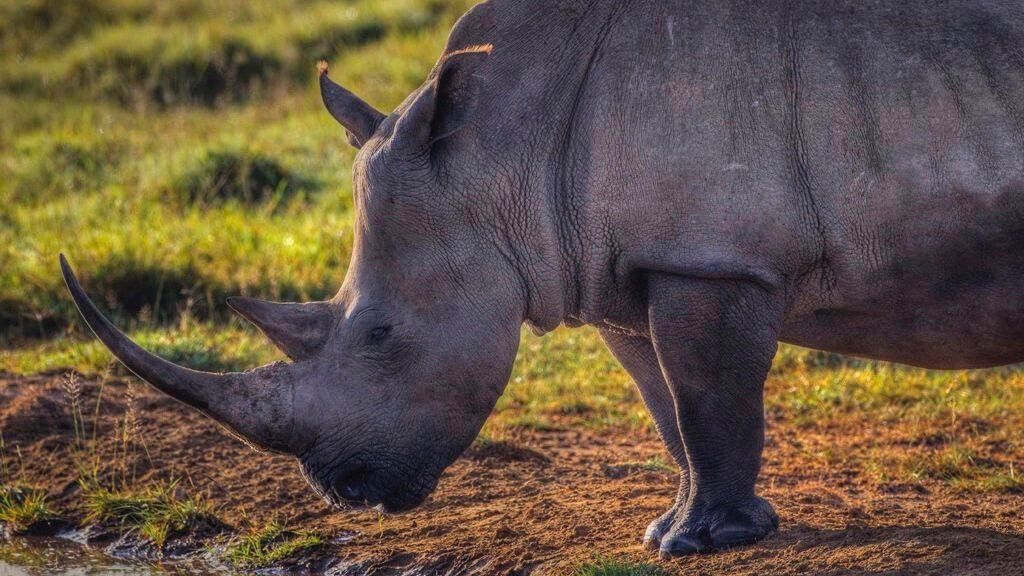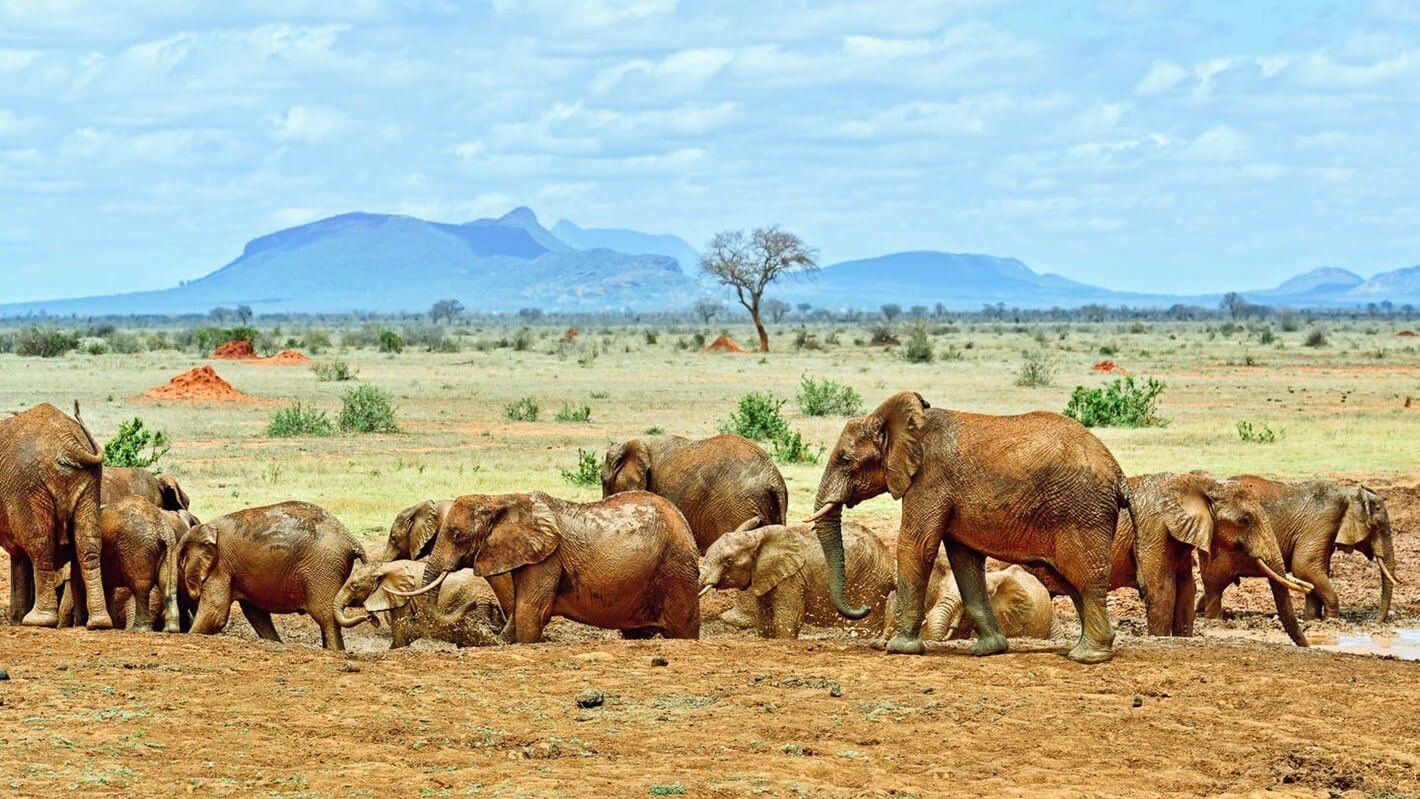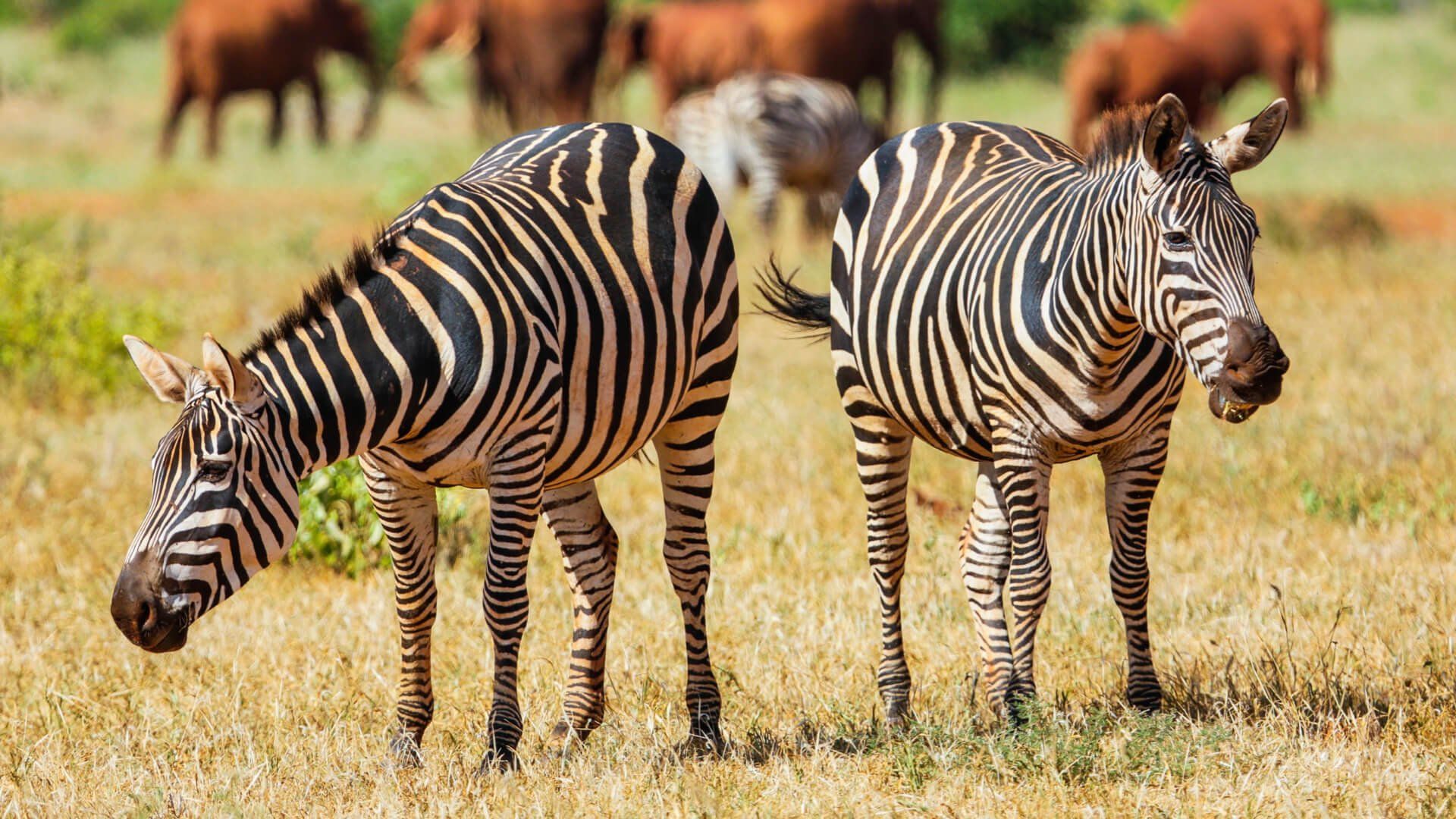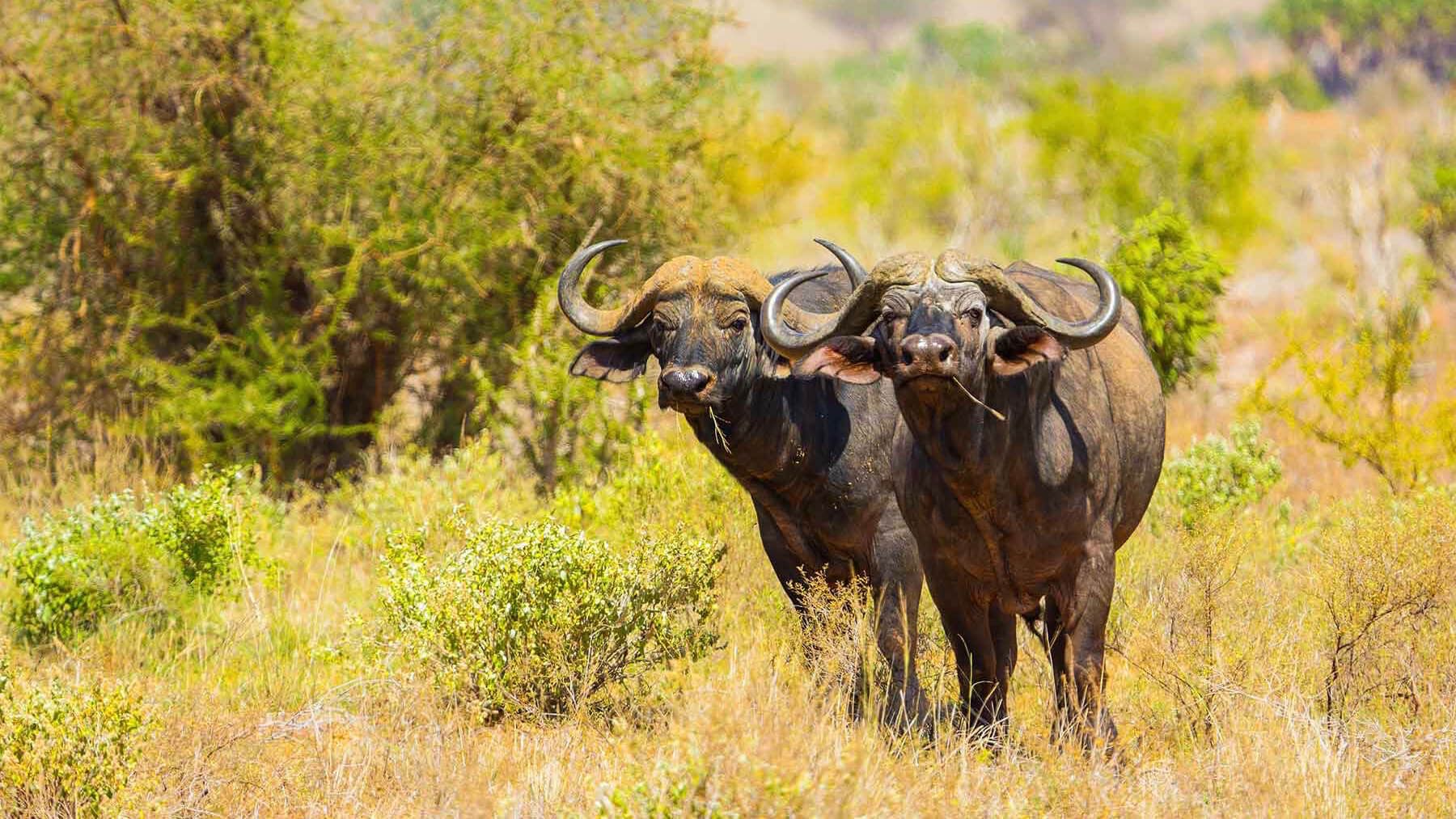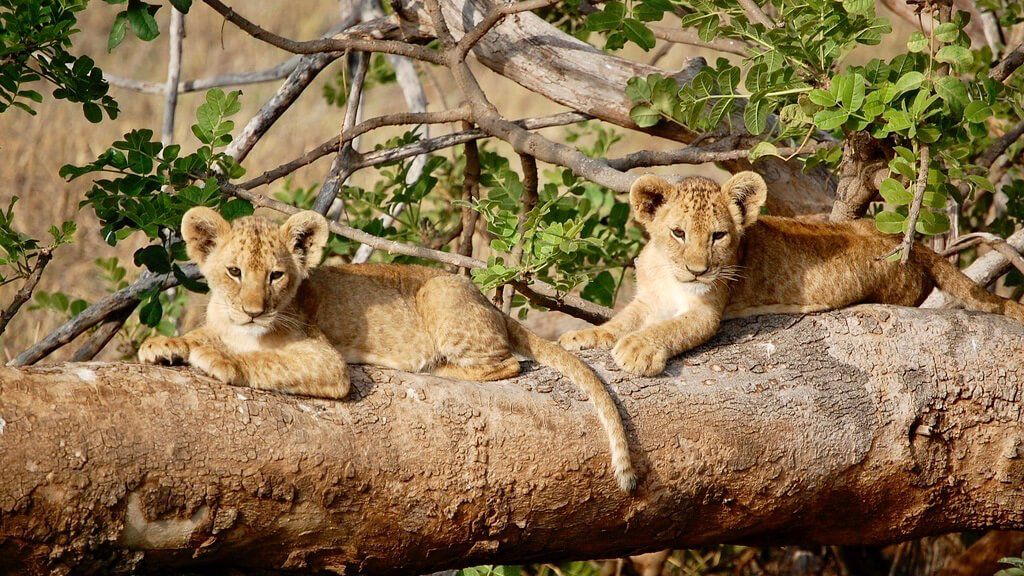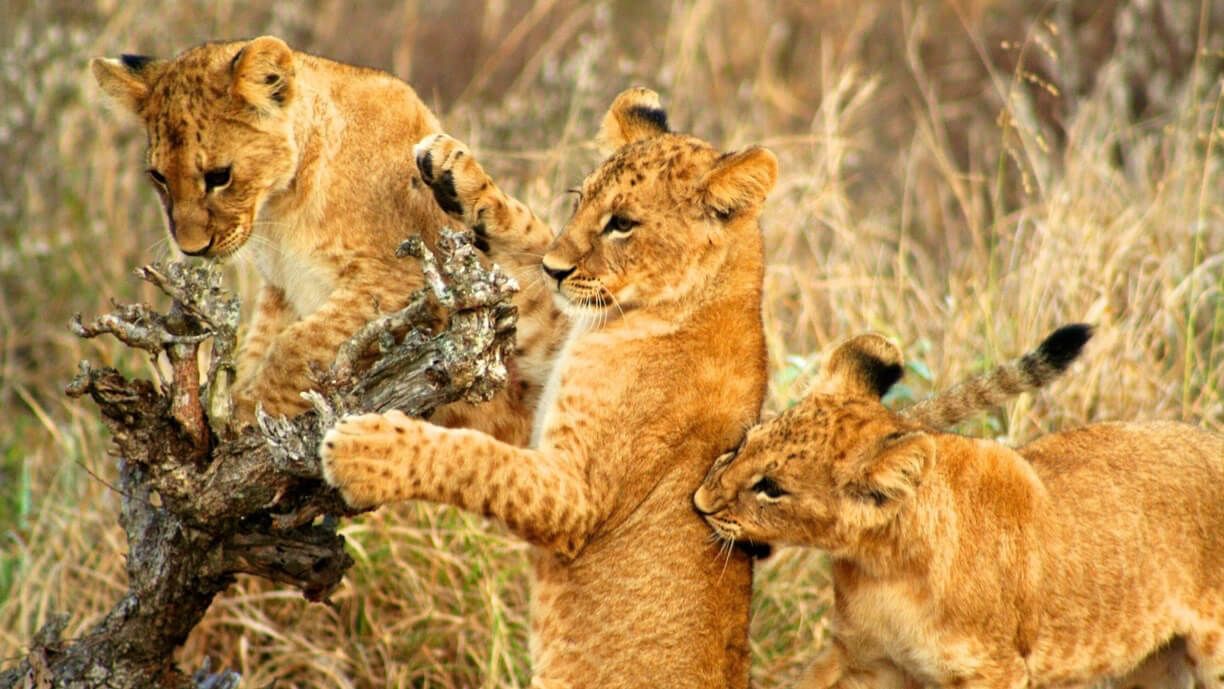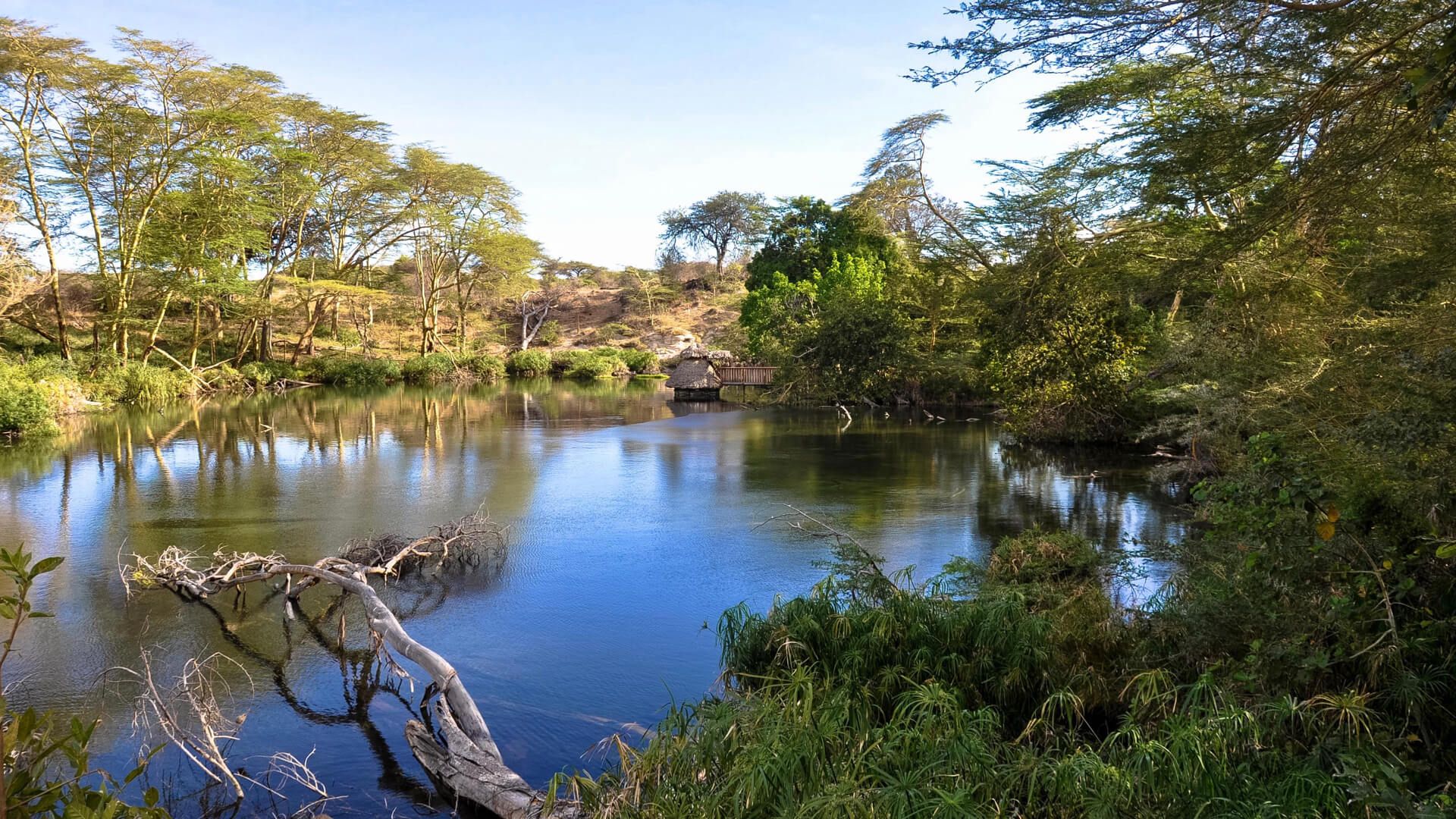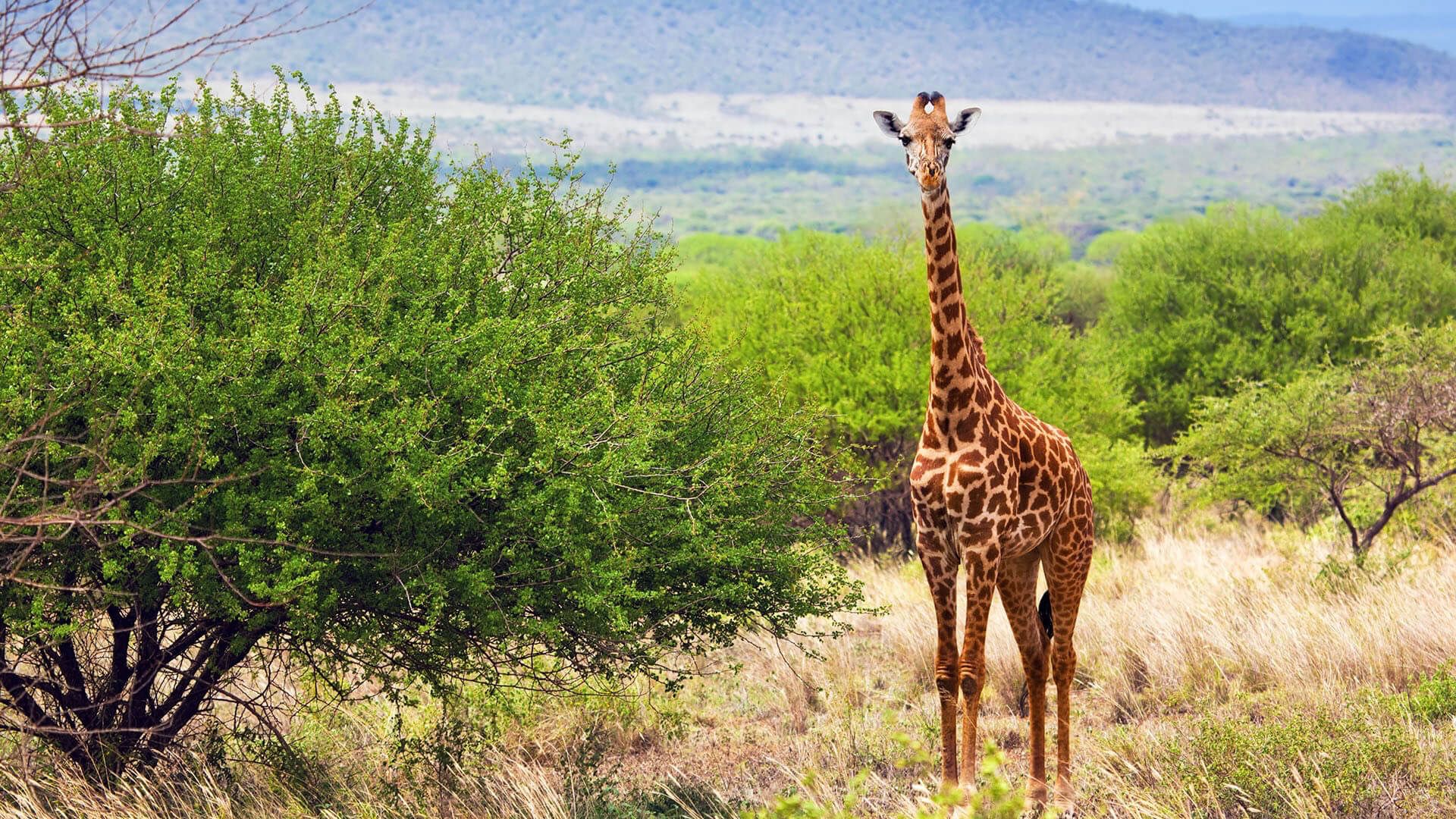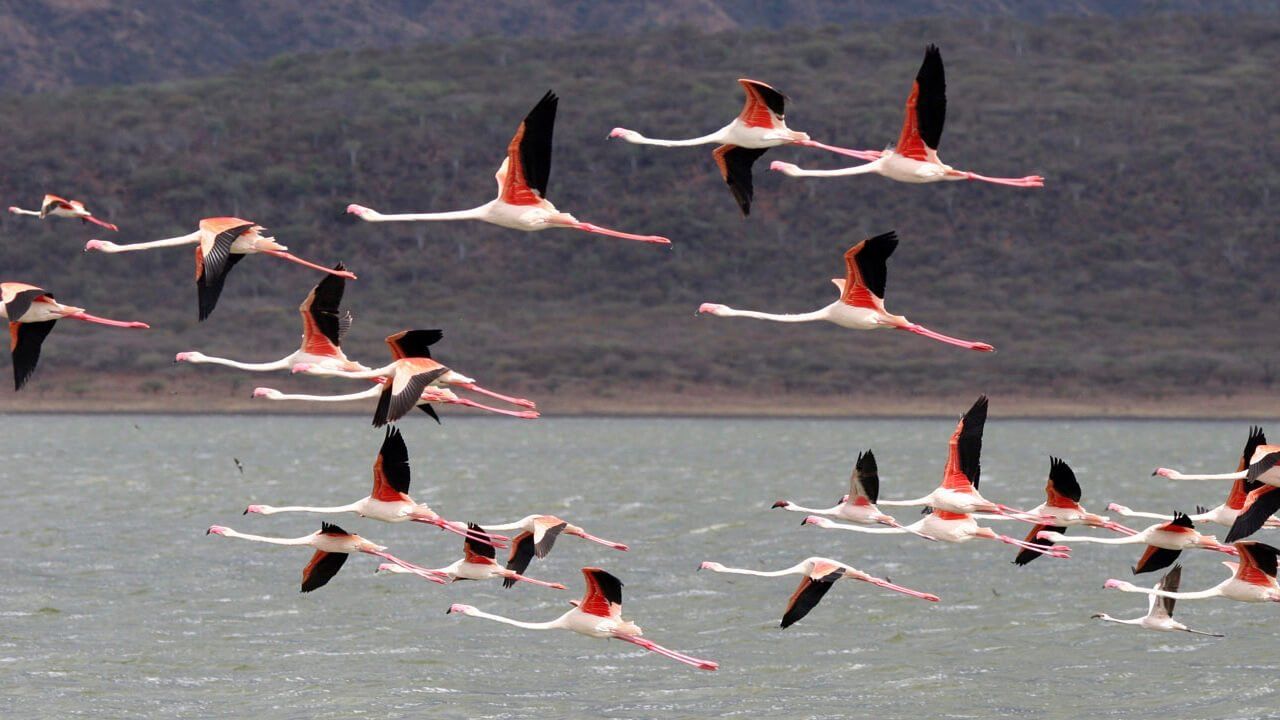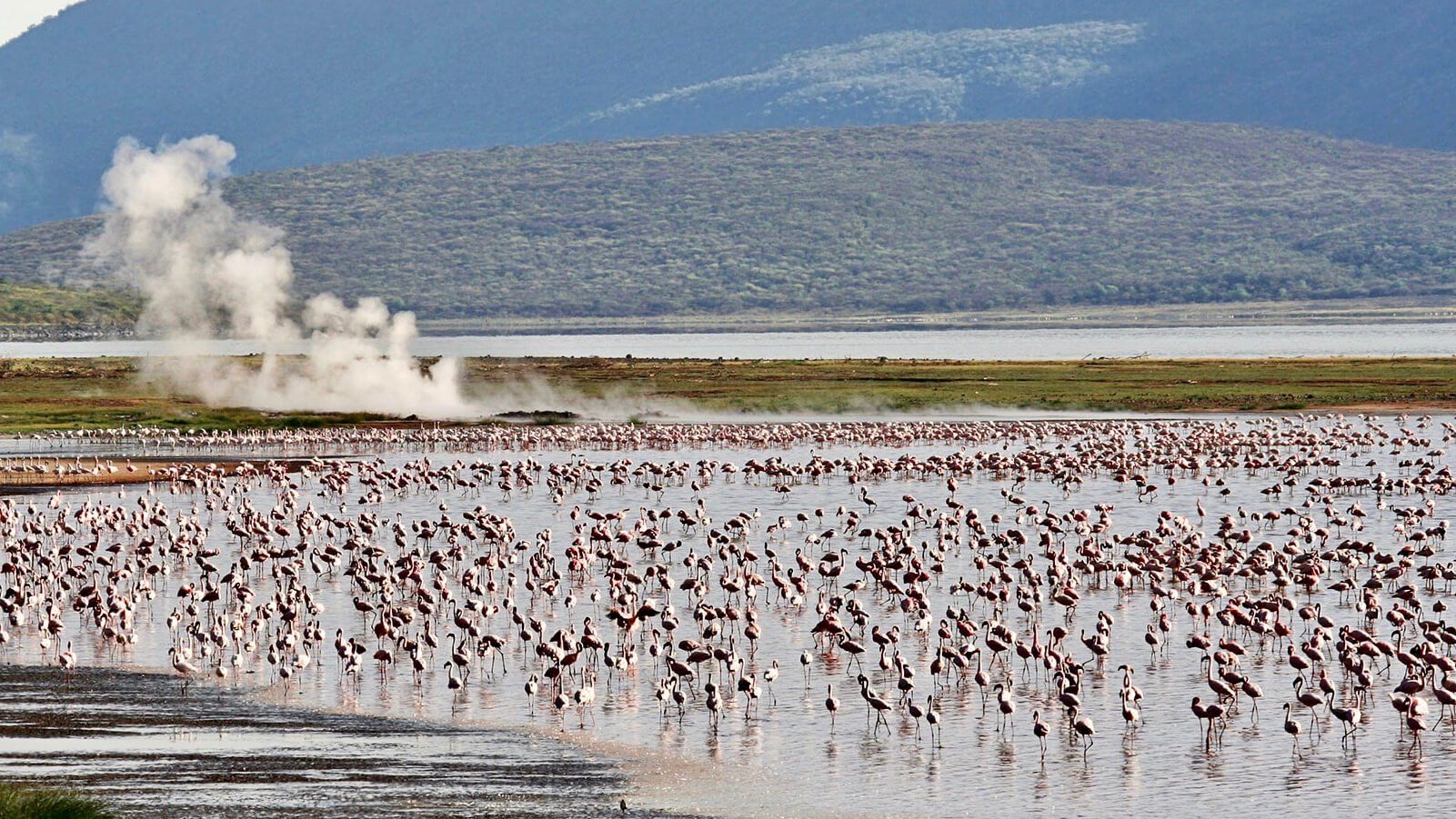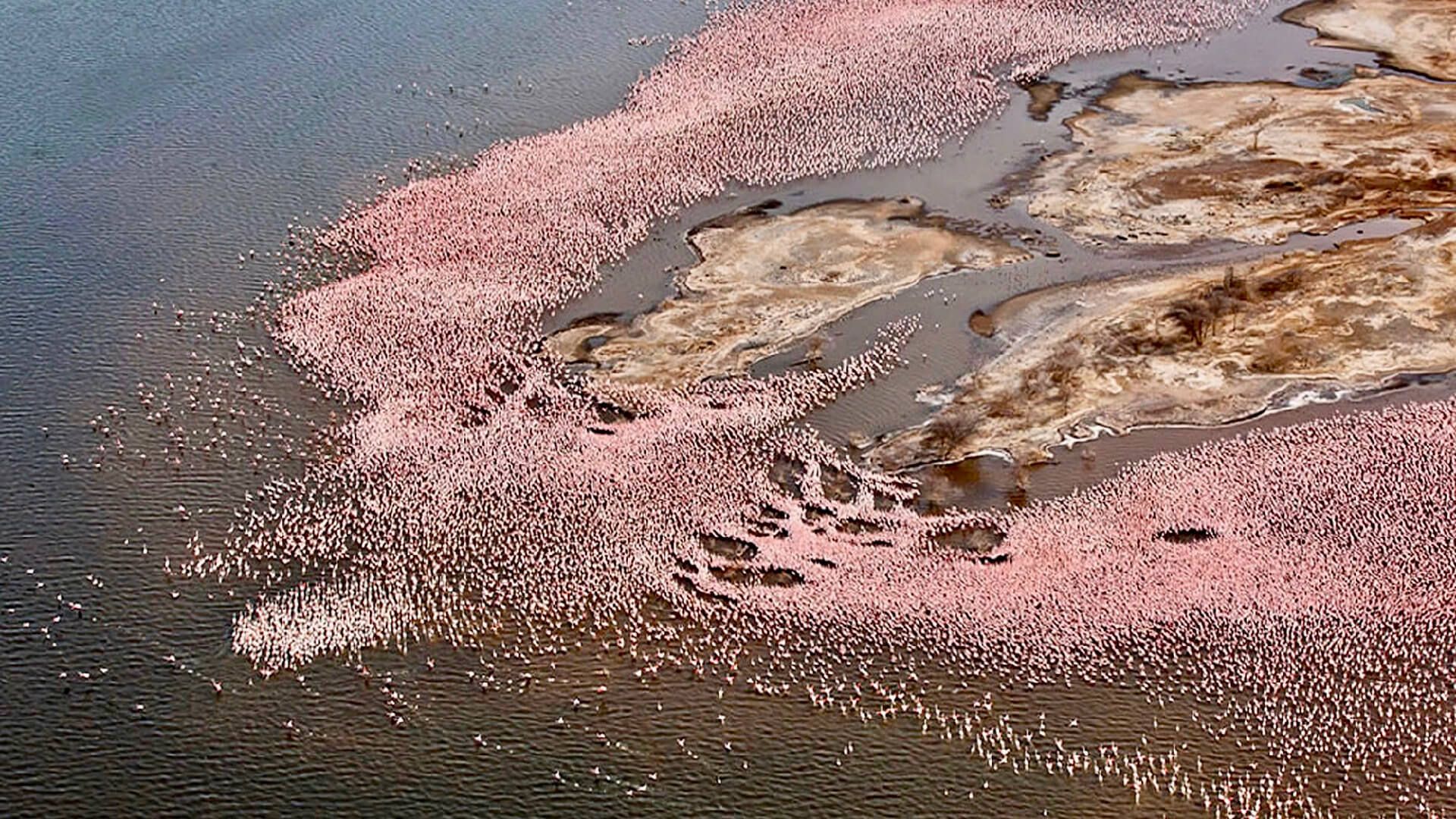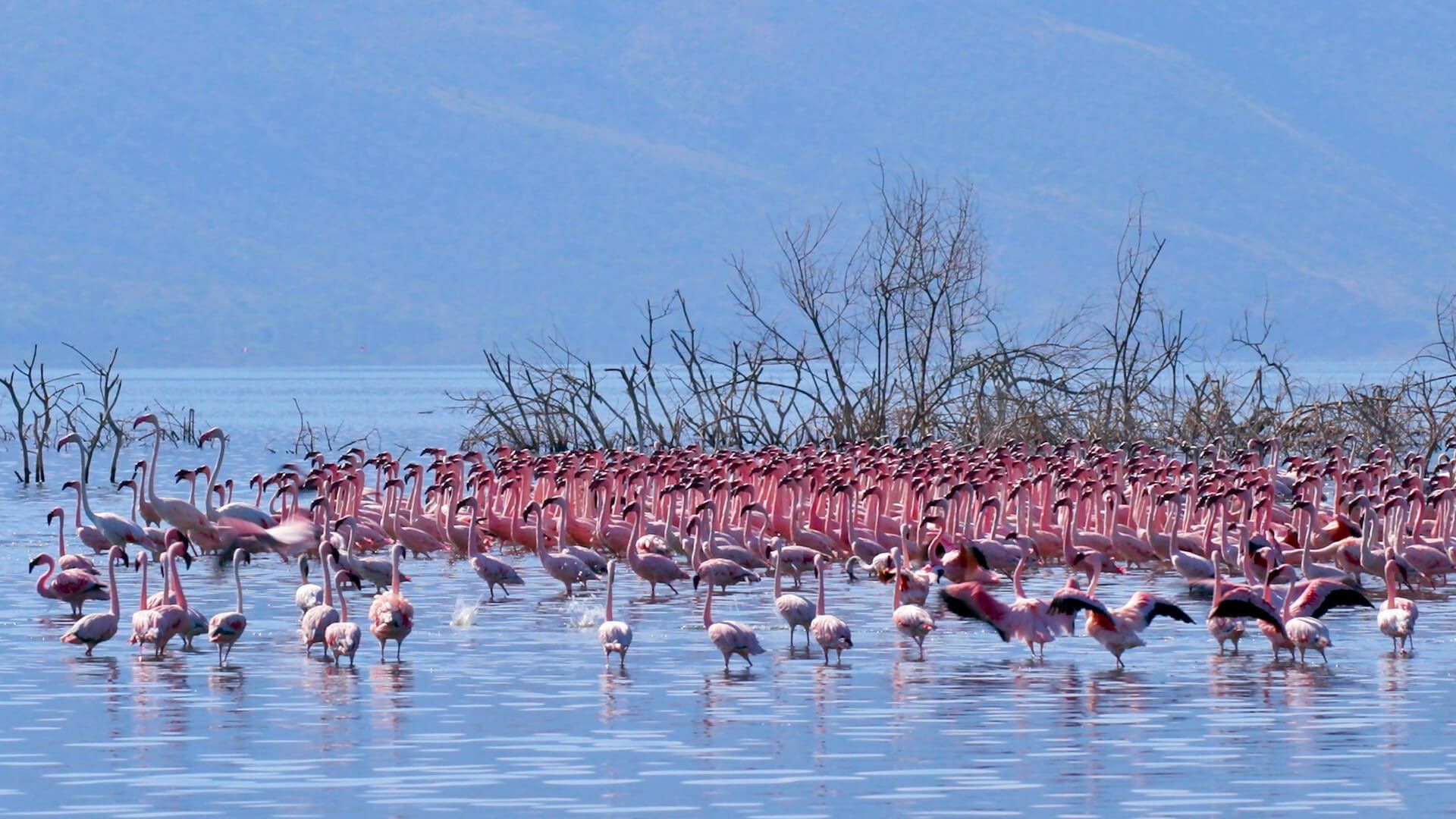KENYA SOUTHERN CIRCUIT
Kenya National Parks - South of the Equator
THE GREATER MASAI MARA
The Masai Mara lies in the Great Rift Valley, which is a fault line some 5,600km long, extending from Ethiopia's Red Sea through Kenya, Tanzania, Malawi and into Mozambique. There are four main types of topography in the Mara: Ngama Hills to the east with sandy soil and leafy bushes and loved by black rhino; Oloololo escarpment forming the western boundary and rising to a magnificent plateau; Mara Triangle bordering the Mara River with lush grassland and acacia woodlands supporting masses of game especially migrating wildebeest; Central plains forming the largest part of the reserve, with scattered bushes and boulders on rolling grasslands favoured by the plain’s game. There is an abundance of wildebeest, zebra, impala, topi, giraffe and Thomson's gazelle on the plains. Visitors often spot leopards, lions, hyenas, cheetah, jackal, bat-eared foxes and even black rhinos. The Mara river is filled with hippos and enormous Nile crocodiles. Every July (sometimes August), the wildebeest travel from the Serengeti plains to the Masai Mara. In October or November, once they have feasted and the grass has all but gone, they return to the Southern Serengeti. The Mara birds appear in every size and colour including the beautiful lilac-breasted roller and plenty of large species such as eagles, vultures and storks.
The main Masai Mara Reserve is surrounded by the Mara conservation area, owned by different Maasai communities who formed conservation partnership agreements with private camp-owners.
- Mara Triangle:
The Mara Triangle, which is the north-western part of the Masai Mara National Reserve, is managed by the Mara Conservancy, a non-profit organization. It is divided from the rest of the Masai Mara National Reserve by the Mara River. The Mara Triangle is less visited and less crowded, resulting in abundant game sightings on the plains and between the volcanic hills that distinguish this corner of the Mara.
- Mara North conservancy.
This is a beautiful private wilderness area of more than 300 sq. km, effectively increasing the size of the National Reserve by 20%. It is a vital part of the Masai Mara ecosystem as it forms the north-western zone, bordering the Masai Mara National Reserve in the south. The Mara North Conservancy (MNC) is a partnership between eleven member camps and more than 800 Maasai landowners. The aim is to create a best-practice, world-class conservancy with long-term commitments to the environment, wildlife and local communities. This area is a key dispersal zone for the annual “Great Migration” and supports an extensive variety of additional species. The most recognizable include lion, cheetah, leopard, buffalo, hyena, elephant, crocodile, wild dog, giraffe, hippopotamus and over 450 bird species.
- Olare Motorogi conservancy:
It became a haven for big cats and forms part of the annual wildebeest migration route. The conservancy covers 350 sq. km, offering some of East Africa’s finest, year-round wildlife viewing. The area boasts one of the highest density of lions per square kilometre in Africa and over 50 different species of raptors have been identified. Tourism in the conservancy is limited to a maximum of 94 beds in five mobile camps. This equates to a ratio of one game-viewing vehicle for every 2,100 acres, a move that is aimed at maximizing the client’s wilderness experience and minimizing the environmental impact of tourism.
- Mara Naboisho conservancy:
Naboisho means "partnership" in Maa, the Maasai language. The 500 sq. km conservancy consists of land contributions from 500 Maasai landowners. One of the key motivations for creating the Mara Naboisho conservancy was to aid the protection and conservation of the wildlife and landscape. The conservancy is home to the big cats (in impressive numbers) and herds of elephant, giraffe and wildebeest. Unlike its neighbour, the National reserve, this private conservancy strictly monitors the number of tourists who enter the area, reducing the number of vehicles and the human impact on the environment and wildlife. The charm of the conservancy is its exclusivity.
- Isaaten conservancy:
A non-profit company established to create best practice in tourism and conservation, regain the conservation values of the area, enhance benefits of local communities, and promote low impact ‘private’ tourism. The conservancy is a critical wildlife dispersal area for migratory wildlife in the Mara ecosystem. Common animals include Burchell’s zebra, Thompson’s gazelle, impala, elephants, giraffes, spotted hyenas, jackals, African civet, genet, banded mongoose, warthog, tree hyrax and porcupine. Big cats, including lions, are also present. The conservancy is also a bird haven.
- Siana conservancy:
This 290 sq. km conservancy borders the Masai Mara National Reserve. The conservancy is home to all animal species found in the Mara ecosystem, except black rhinoceros. The area within the conservancy offers diverse landscapes and vegetation.
- Ol Kinyei conservancy: This pioneer award-winning conservancy was the first in the Mara eco-system to set aside an area exclusively aimed at wildlife conservation (no human settlements or cattle allowed). This 175 sq. km conservancy belongs to a Maasai community and provides them with tangible returns to help them improve their lives and not be solely dependent on cattle.
AMBOSELI NATIONAL PARK
Amboseli National Park is located in Loitoktok District, Rift Valley Province of Kenya. The park is 392 sq. km in size at the core of an 8,000 sq. km ecosystem that spreads across the Kenya-Tanzania border. The park is famous for being the best place in Africa to get close to free-ranging elephants among other wildlife species. Other attractions of the park include opportunities to meet the Maasai people and also offers spectacular views of Mount Kilimanjaro, the highest freestanding mountain in the world. Amboseli is a very fragile ecosystem, submitted to great seasonal variations. The overall sensation is of a dry land with an annual rainfall of between 350 - 400mm. During the wet season, the rains flood the lakebed and the surrounding area. Because of the high salt deposits in the lakebed few trees grow in the park, with only small patches of acacia and some palm trees far off the lake. Salt-rich pastures are appreciated by the herbivores. Despite the first impression of a dusty and arid land, Amboseli is actually overflowing with water all year round below the ground surface. Waters converge into various underground streams that rise in two clear water springs in the centre of the park, giving birth to large marshes like the Loginya Swamp where elephants, hippos and buffalos find shelter.
CHYULU HILLS NATIONAL PARK
Hemmingway described them as the ‘green hills of Africa’. Rising to an altitude of 2,188m high and 150km long, and situated approximately 200km south-east of Nairobi, the Chyulu Hills are tucked between the famous Amboseli – Tsavo ecosystem. The little visited Chyulu Hills is an extension of the more popular Tsavo West National Park. Chyulu is a rugged wilderness still showing signs of its volcanic origins – and boasting some of the best views of Kilimanjaro. The reserve is a rugged jumble of ancient volcanic cones and craters, as well as the longest lava tube in the world. The volcanic mountains offer a fascinating mix of volcanic ash cones and barren lava flows. Big black rocks also pay testament to the volcanic origin of the mountains. The lava flows are sparsely vegetated, but the upper slopes are home to 37 species of orchids. Deep beneath the hills is a catacomb of mostly unexplored caves. Large mammals include buffalo, bushbucks, elands, elephants, leopards, giant forest hogs, bush pigs, reedbucks and giraffes along with various reptiles and insects. There is no accommodation inside the park, but there are two exclusive lodges offering a full range of activities in Masai concessions on the foothills of the Chyulu Hills.
HELL’S GATE NATIONAL PARK
Hell’s Gate National Park is unique in the fact that you can enter without a car and a guide. Named for the intense geothermal activity within its boundaries, the Hell's Gate National Park is a remarkable quarter of the Great Rift Valley. Spectacular scenery including the towering cliffs, water-gouged gorges, stark rock towers, scrub clad volcanoes and belching plumes of geothermal steam make it one of the most atmospheric parks in Africa. Hell’s Gate is an ideal venue for a day trip from Nairobi where, in addition to the biodiversity that includes raptors, visitors can enjoy mountain biking, rock climbing and a natural spa.
SOYSAMBU CONSERVANCY (LAKE ELMENTEITA)
Elmenteita’s setting is spectacular and primeval, framed by the broken caldera walls of several extinct volcanoes, which resemble a reclining human figure. The Maasai know these peaks as Elngiragata Olmorani (“Sleeping Warrior”) – a name that is ironically fitting, since the lake and its lands were expropriated from the Maasai at the start of the colonial period by Lord Delamere (the caldera is now also known as “Delamere’s Nose”). Soysambu Conservancy is bordered by Lake Nakuru National Park on the west, volcanoes Ol Doinyo Eburru to the south and Menengai to the north. Consisting of 48,000 acres of diverse ecological significance, Soysambu Conservancy is home to more than 450 bird species and over 50 mammals species, including Rothschild's Giraffe.
If you’ve never seen it, the Great Rift Valley in Kenya is a must! It is one of the geologic wonders of the world. As you stand on Soysambu and look east you can see the Aberdare Mountains, turn around and there is the Mau escarpment beyond where the magnificent Masai Mara lies. Soysambu is the perfect to spend a few days soaking up the beauty and history of the area while enjoying game drives, walks and other activities offered through the lodges and camps on Soysambu.
LAKE NAIVASHA NATIONAL PARK
Lake Naivasha is a beautiful freshwater lake, fringed by thick papyrus. The lake is almost 13 km across, but its waters are shallow with an average depth of only 5 meters. The waters of the lake draw a great range of game to these shores. Giraffes wander among the acacia, buffalo wallow in the swamps and Colobus monkeys call from the treetops while the Lake Naivasha's large hippo population sleeps the day out in the shallows.
Naivasha is traditionally Masai land. The name of the lake is a colonial misinterpretation of the original Masai name Nai'posha, meaning ''Rough Water" in reference to the afternoon storms that can produce high white capped waves across the lake. The forest region of the Lake Naivasha supports the wildlife including the bird species like hawks, woodpeckers, cuckoos, shrikes and much more. With the rich ecology, the wetland of Lake Naivasha is marked as the RAMSAR site that exhibits and preserves the diverse bio-network. Where the forest region supports the great birdlife, the Naivasha Lake is the home to the large population of the giant hippos and the water beast crocodiles. The fishes like tilapia, black bass and crayfish also dwell in the fresh water of Lake Naivasha. Talking about the wildlife depending over the lake region, one can spot the impalas, waterbucks, the zebras and other animals like buffalos wandering near the lake. The lodge near Lake Naivasha often arranges the night safari tour where one can mark the existence of nocturnal.
LAKE NAKURU NATIONAL PARK
Lake Nakuru is internationally known for its flamingos. This alkaline lake is recognized as being one of the natural wonders of the world. Lake Nakuru is also a rhino sanctuary, protecting a population of over 40 black and over 60 white rhino; but the flamingos, of course have always been the main attraction. At times there may be almost two million flamingos inhabiting the area, forming a stunningly beautiful deep-pink band around the edges of the lakeshore. Although over 400 species of bird have been recorded at Nakuru, they are not the only attraction the lake has to offer; over 50 species of mammal have been recorded and it is perhaps the best place in Kenya to spot leopard. Troops of black-and-white colobus monkeys can be seen in the yellow-barked acacias. Black and white rhino, the rare Rothschild’s giraffe, herds of buffalo, dik dik, klipspringer, eland, the occasional leopard and many other plain’s game are also found here.
TSAVO EAST NATIONAL PARK
By far the biggest of Kenya's national parks, Tsavo East covers more than 13,700 km², making it nine times larger than the Maasai Mara. The park is probably best known for its enormous herds of red elephants that dust themselves with the red-oxide soil so typical of Tsavo. Other species to be on the lookout for are the endemic desert warthog, hirola (also known as Hunter's hartebeest) and Peter's Gazelle.
Tsavo East has spectacular scenery, including Lugards Falls on the Galana River, the Mudanda Rock and the Yatta Plateau - the world’s largest lava flow. The scrubby vegetation and hillsides of the southern section of Tsavo East are home to large numbers of animals, especially along the rivers where the animals gather to drink. This section of Tsavo National Park is rarely visited by tourists, offering a truly remote and untouched Tsavo safari.
TSAVO WEST NATIONAL PARK
Tsavo West National Park is much more wooded and hilly, with evidence of its volcanic history in dramatic black rock formations. The scenery is spectacular with rocky landscapes, lush grass and dense vegetation. Don't skip a visit to Mzima Springs, a natural spring water pool with underwater viewing hides where you can watch hippo and their antics. The vegetation in Tsavo West is a lot lusher than that in the eastern section of Tsavo National Park, which can make spotting animals a little bit trickier.
LAKE BOGORIA NATIONAL RESERVE
One of the least-visited lakes in the Rift Valley, despite being a globally recognized Ramsar wetlands site since 2002, Lake Bogoria
is a body of saline and alkaline water entrenched beneath towering hills, 60km north of Nakuru. With the fluctuating water levels of Lake Nakuru, more reliable Lake Bogoria has become the favoured feeding ground of lesser flamingos, and the lakeshore is one of the few places where greater kudu antelope can easily be seen. But the lake is worth visiting as much for its physical spectacle as for the wildlife: a largely barren, baking wilderness of scrub and rocks, from which a series of furious hot springs
erupts on the western shore, and the bleak walls of the Siracho range rise from the east. The lake has around 200 hot springs in total.
